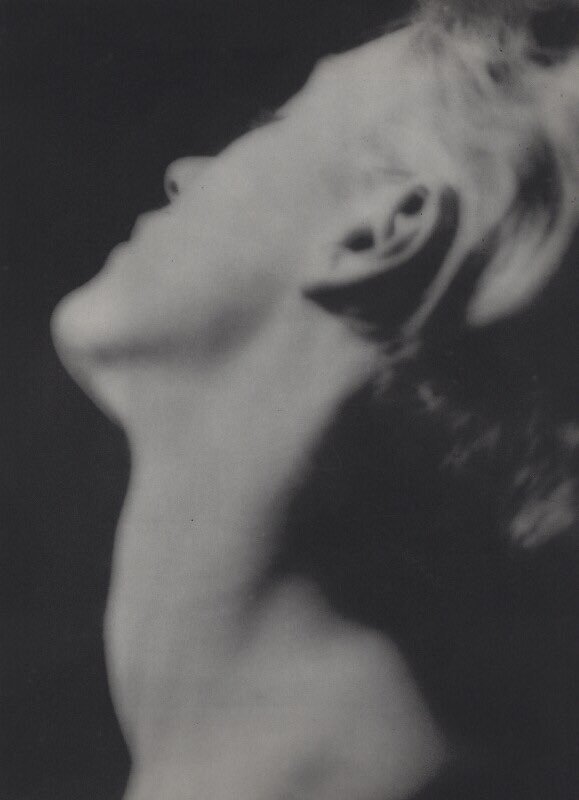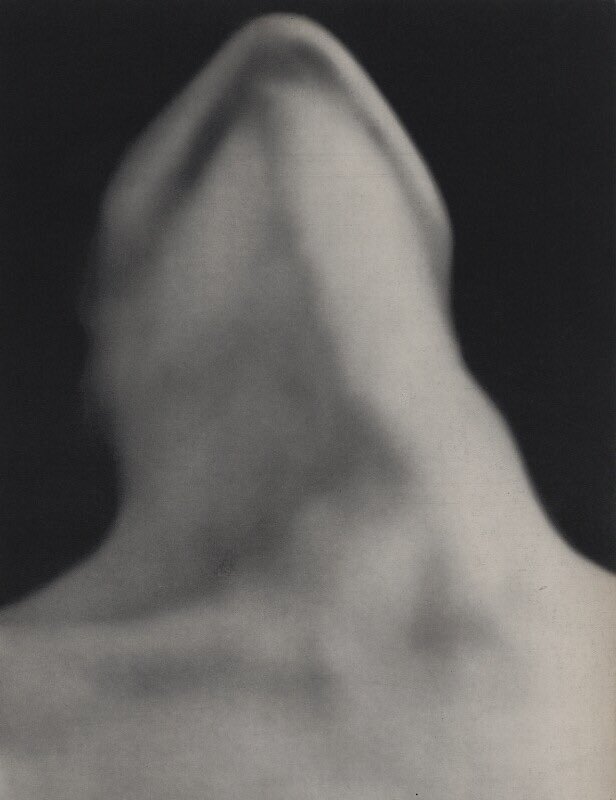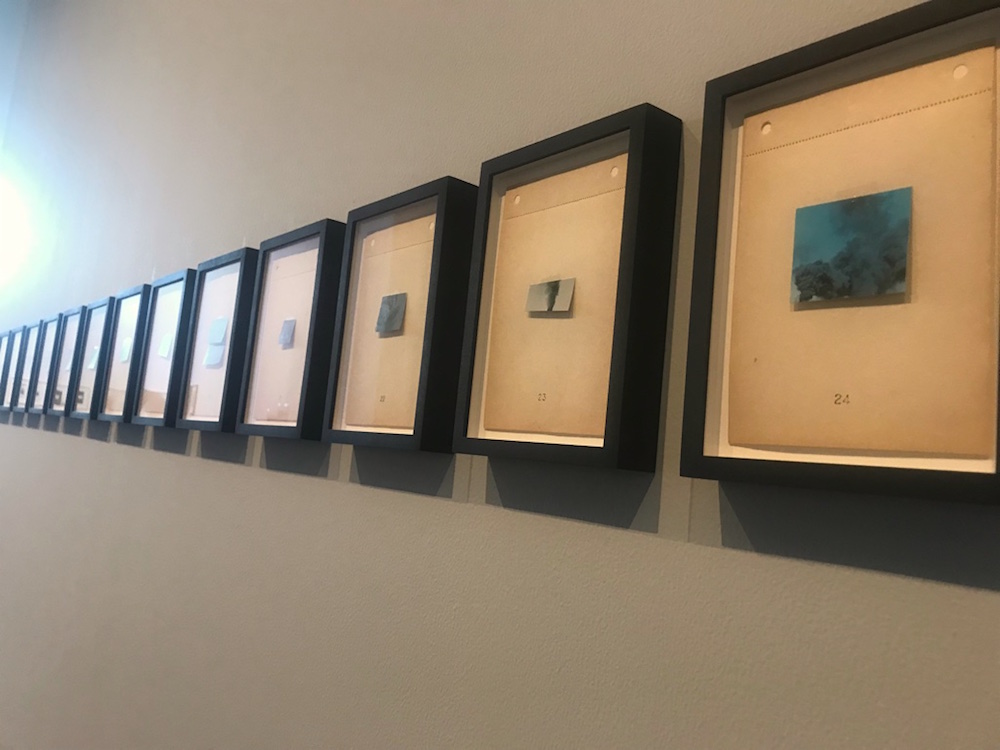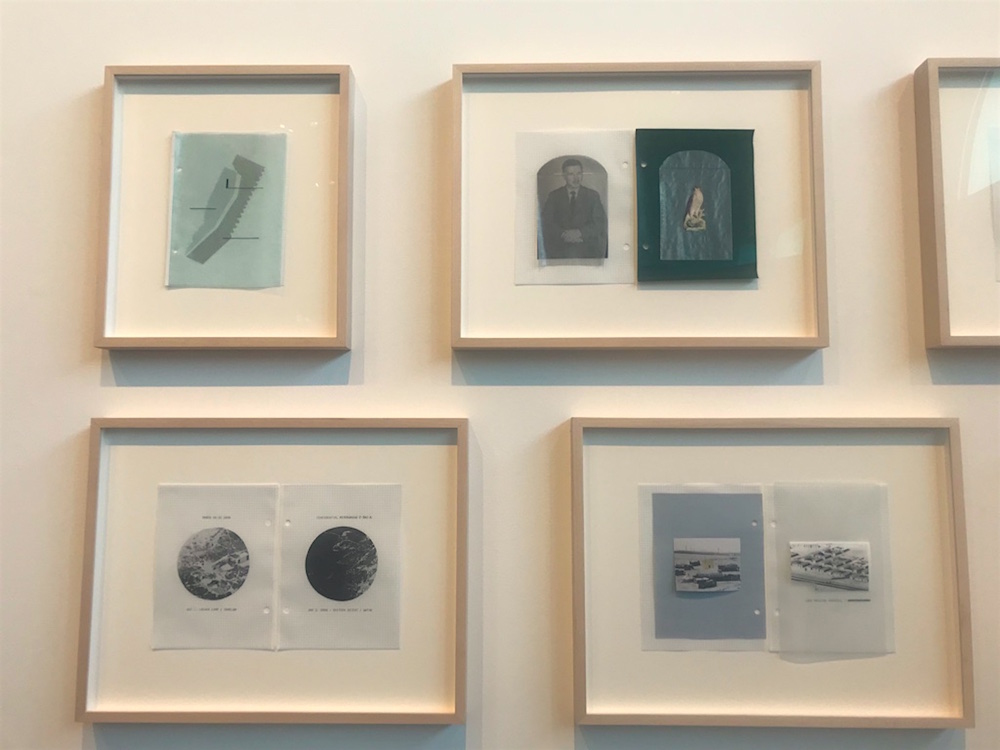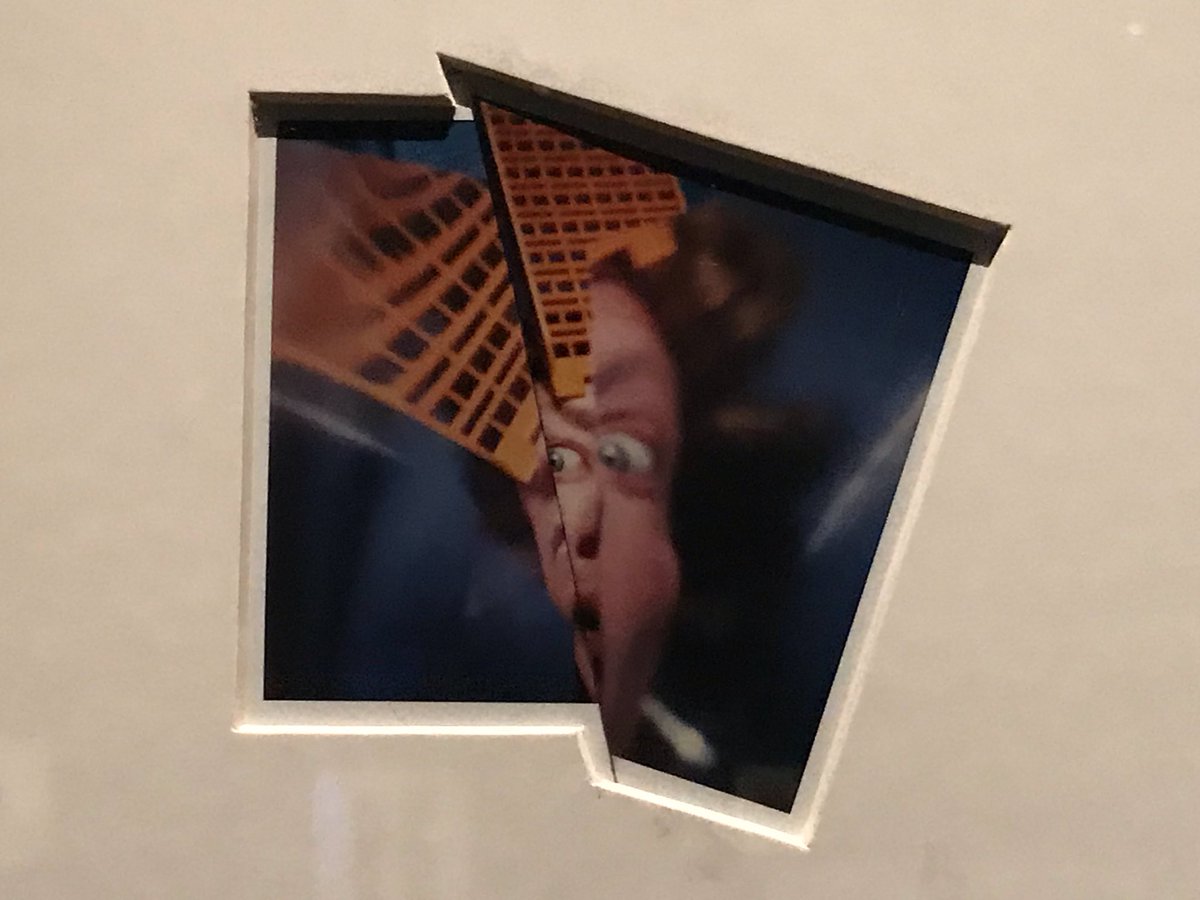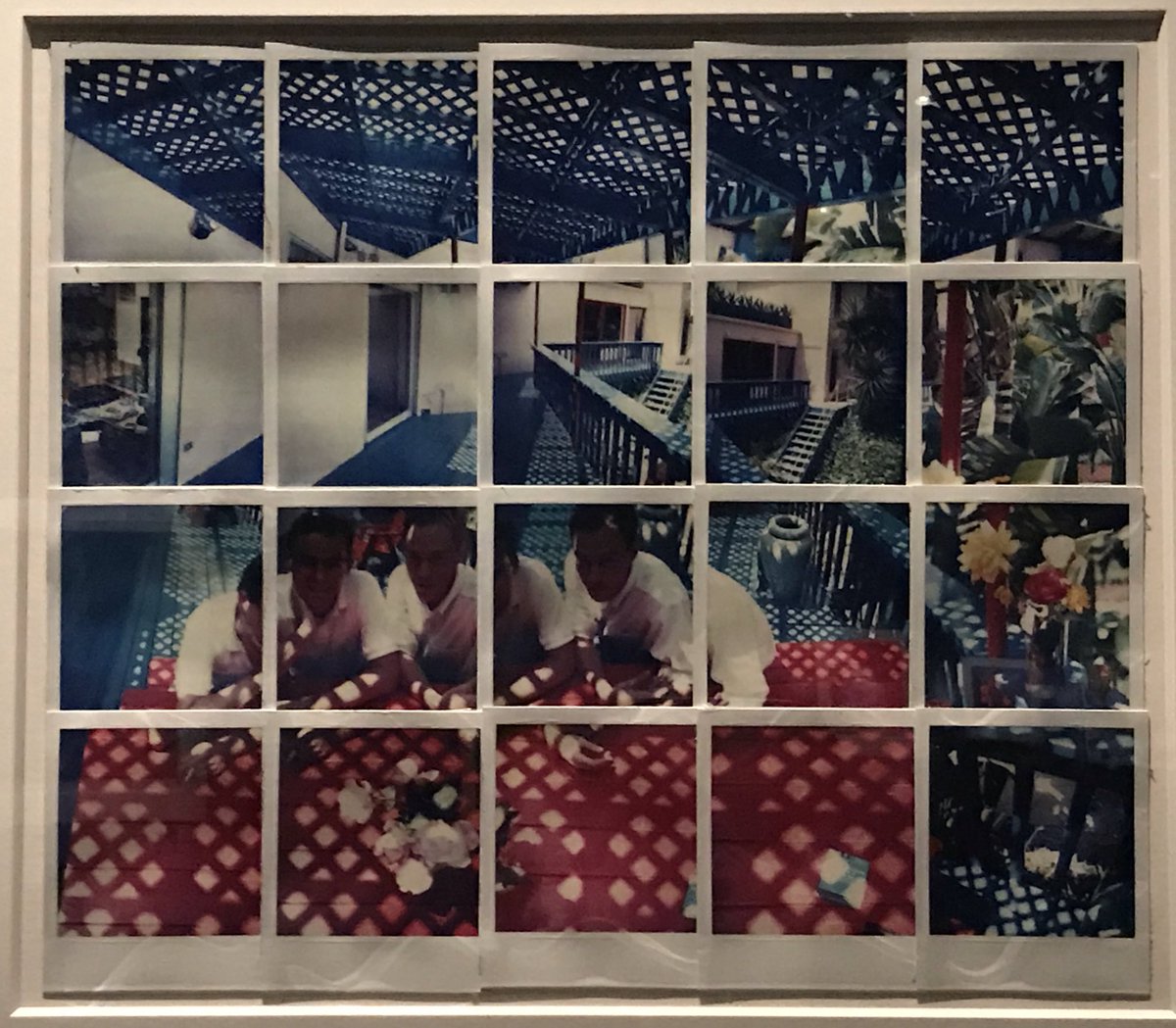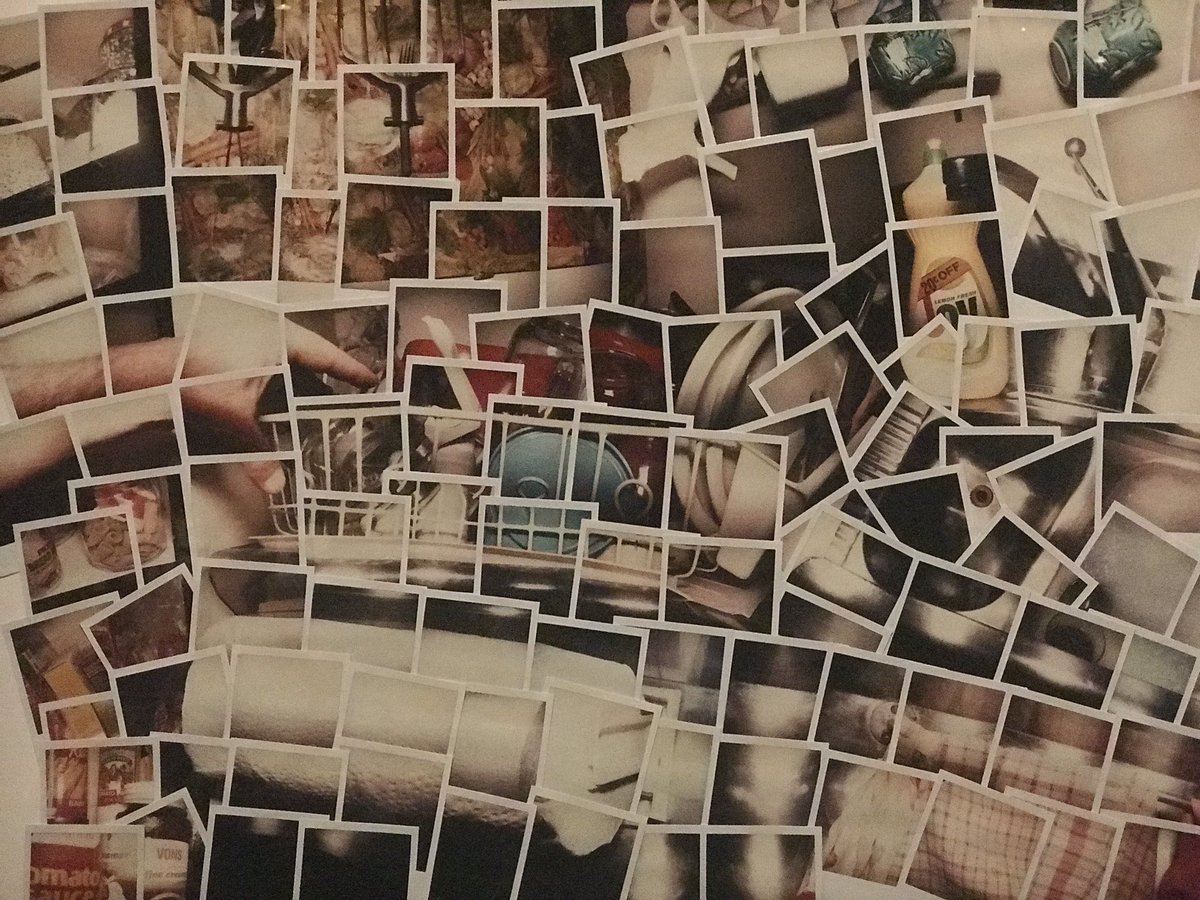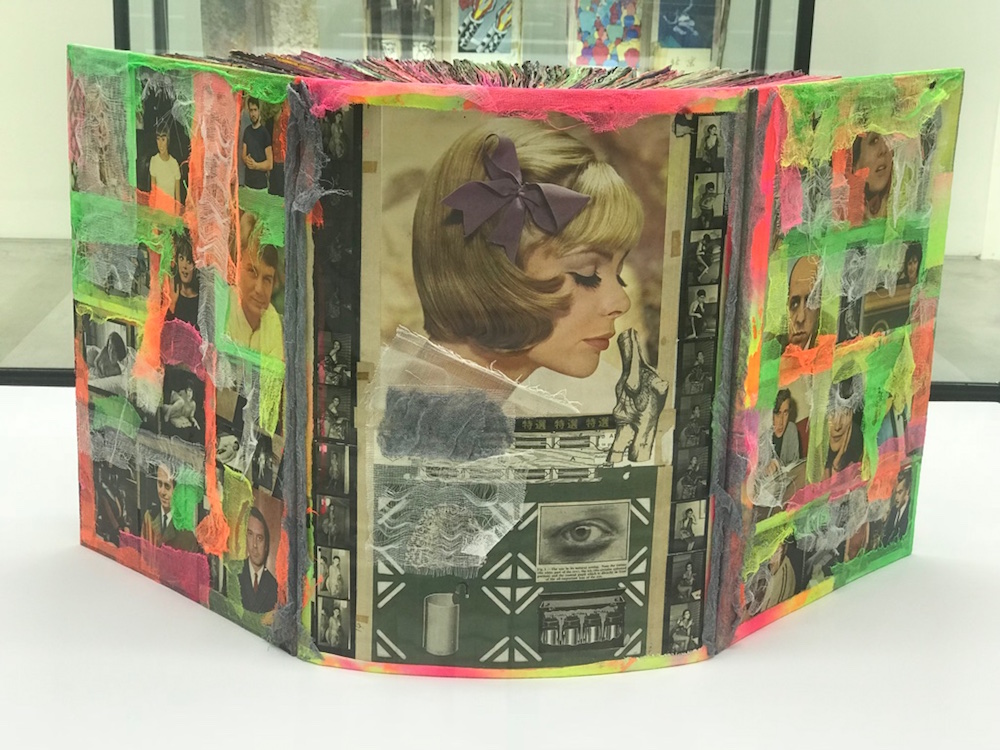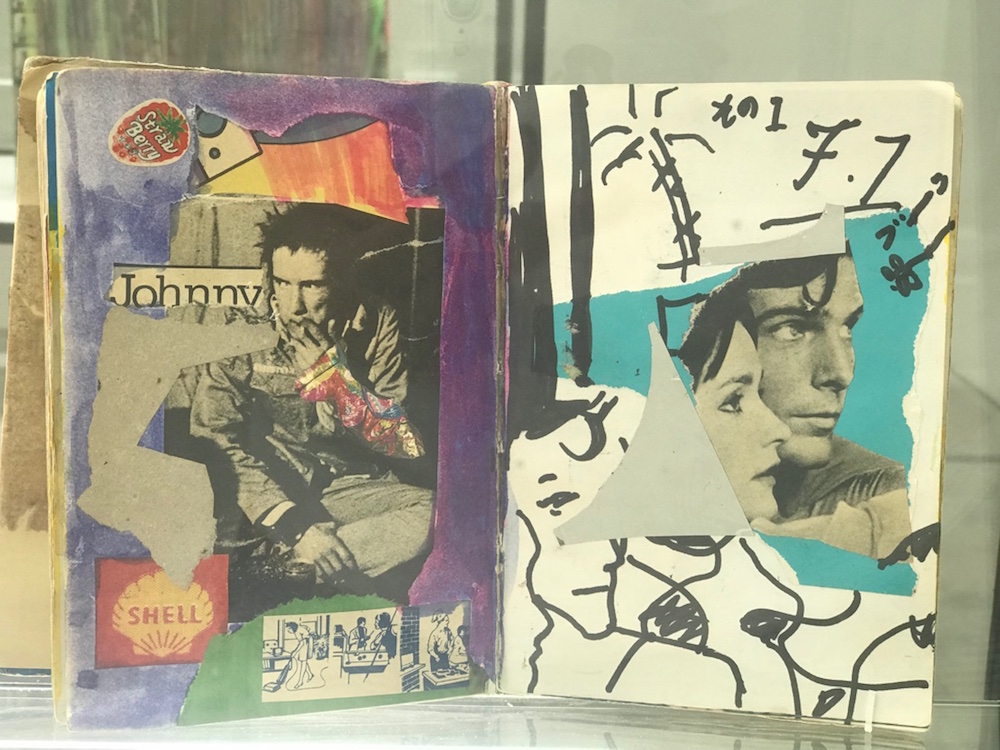Favourite Art Works, Exhibitions, Events and Performances of 2018
I didn’t visit as many exhibitions or events this year compared to previous years, so instead of making a separate lists for favourite exhibitions, favourite art works and favourite events (like I’ve been doing for the past few years), I decided to list everything in one post this year.
The following is a chronological list of favourite art works, exhibitions and art events.
But I will start with my number one favourite art work of the year, The Clock by Christian Marclay which I saw at the Tate Modern in October. A 24-hours long film installation made of a montage of 1000s of scenes featuring clocks in film and television images of clocks, edited to show real time in a day.
It’s a remarkable and engrossing piece of work. There were special nights when the installation was shown in its entirety, and I managed to spend 15 hours between 8.55pm and 12.15 pm the following day. I could’ve stayed for more but had to step out. The Clock makes you very conscious of time and your body clock starts following its rhythm too. Memory plays a big part too when you sit and and watch The Clock, whether you recognise any of the clips or scenes that remind you of personal memories. I hope I get to see this installation again and see the hours I missed.
If you live in London, you can still go see The Clock, until January 20, 2019.
Listen to this episode of the Tate podcast about what time means to people, how we experience time and also hear from some of the team members that worked on The Clock. ta What does time mean to different people? How do we experience the passing seconds?
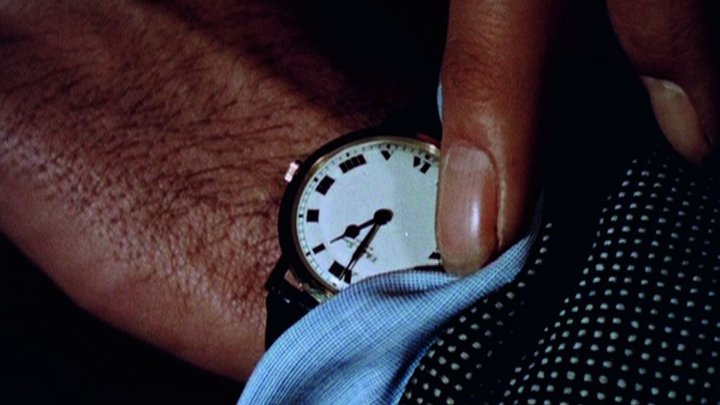
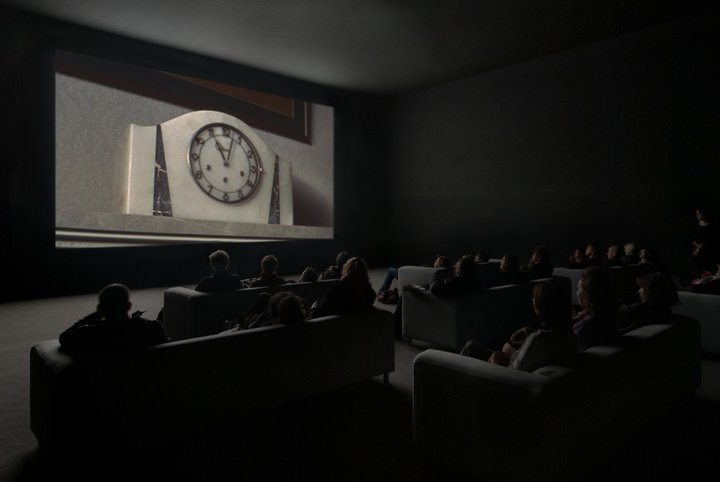
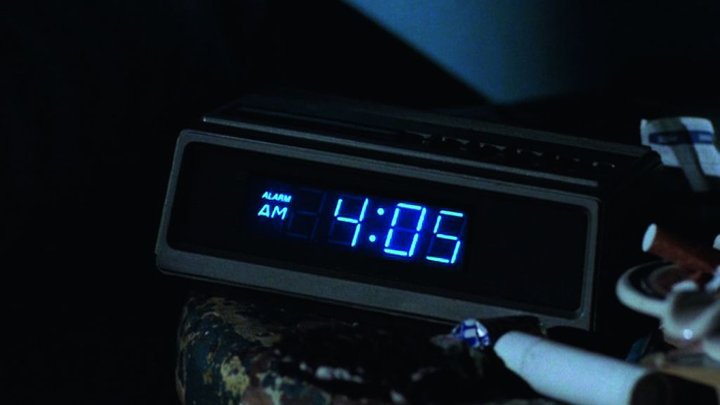
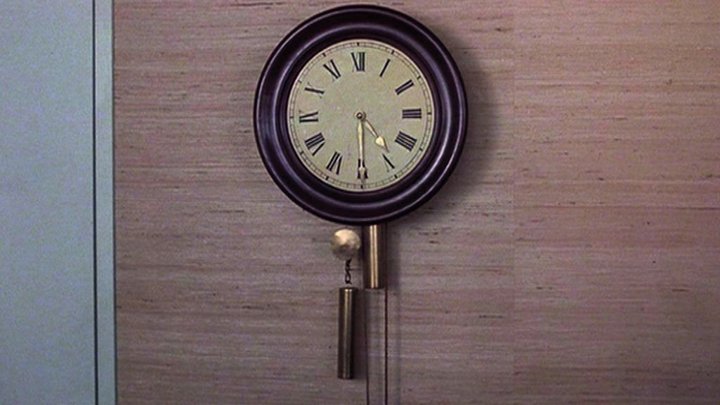
Plastic Seas by Mandy Barker at East Wing, Dubai
Instant Stories: Wim Wenders’ Polaroids at The Photographer’s Gallery, London
Valley of the Gods, Utah, 1977 © Wim Wenders Courtesy Deutsches Filminstitut Frankfurt
Photographs: Architecture and Nature by Sigrid Neubert in Museum für Fotografie, Berlin
Sigrid Neubert, Hans Maurer, Erdfunkstelle bei Raisting, 1970 © Staatliche Museen zu Berlin – Kunstbibliothek / Sigrid Neubert
Guy Bourdain’s photography in Guy Bourdin. Image Maker / Helmut Newton. A Gun for Hire / Angelo Marino. Another Story exhibition at Museum für Fotografie, Berlin
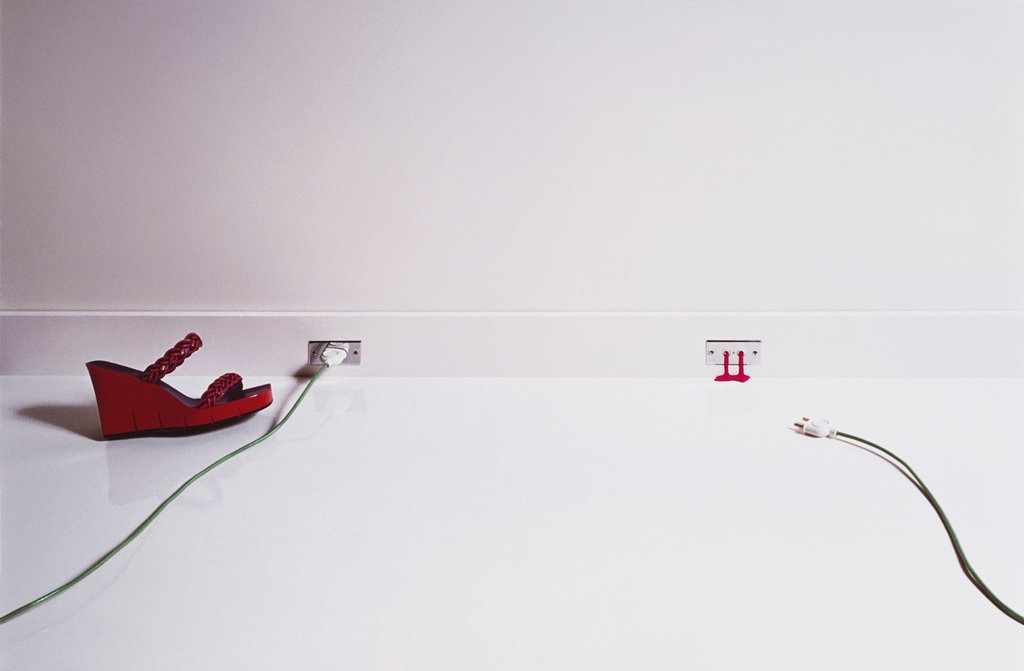
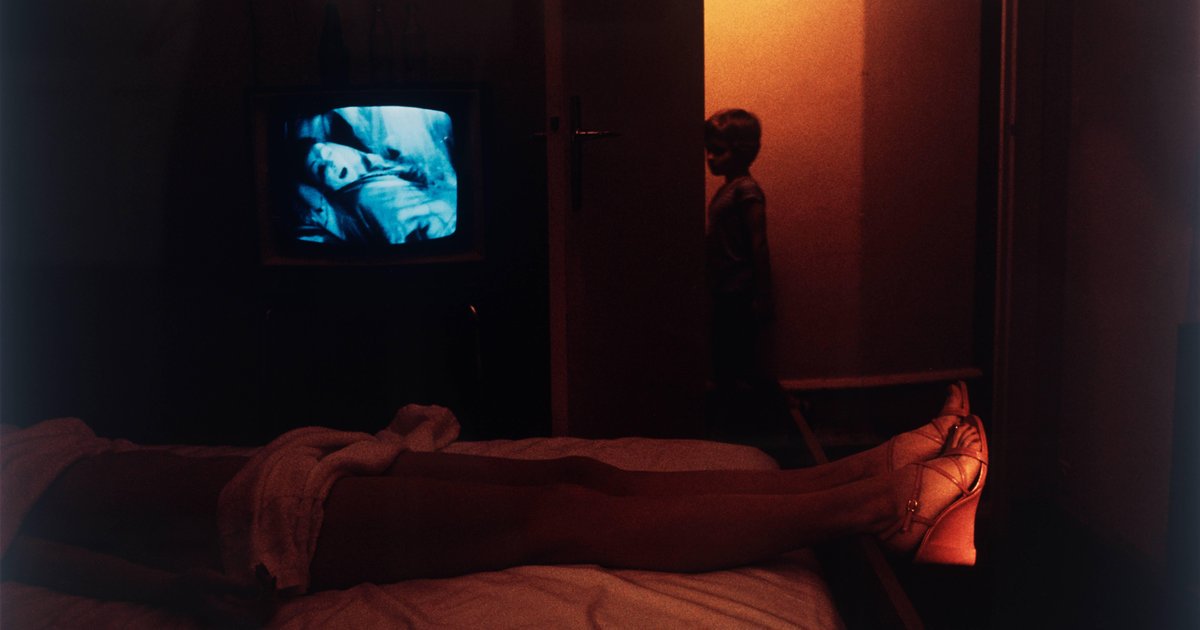
Habibi Funk at East Wing, Dubai
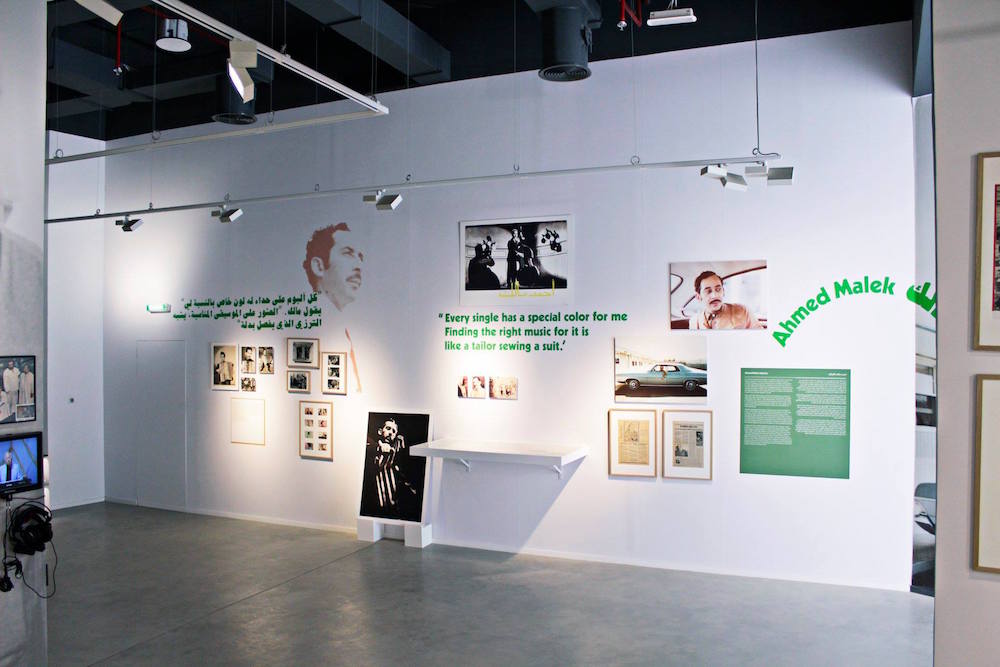
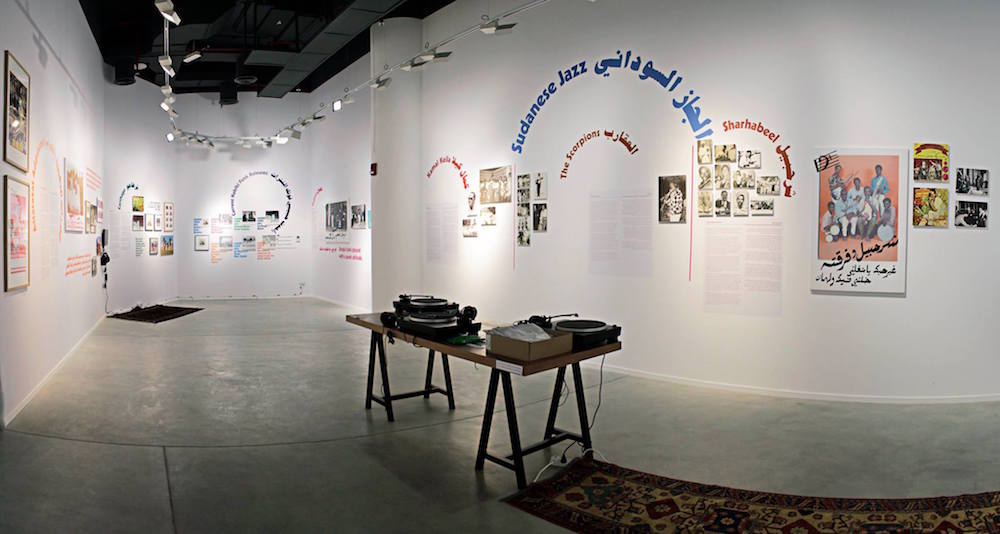
Postcard Rack by Perejaume in From Barcelona to Abu Dhabi: Works from MACBA Art Collection in Dialogue with the Emirates exhibition, Manarat Al Saadiyat, Abu Dhabi

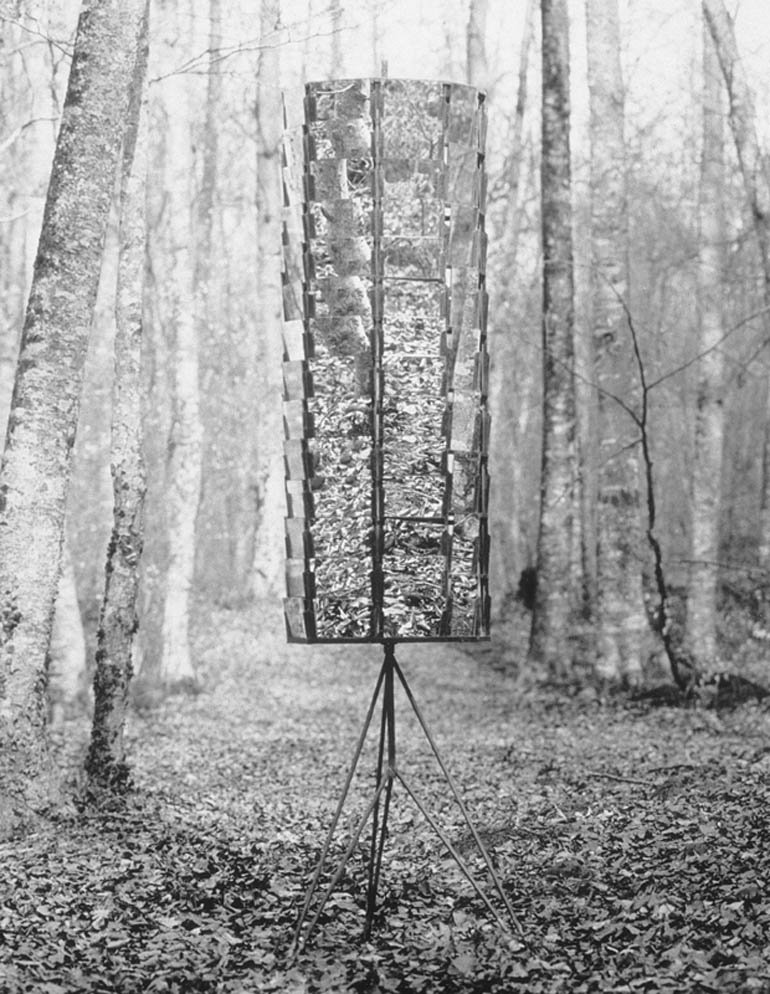

Zoe Leonard: Survey at the Whitney Museum of Modern Art, New York
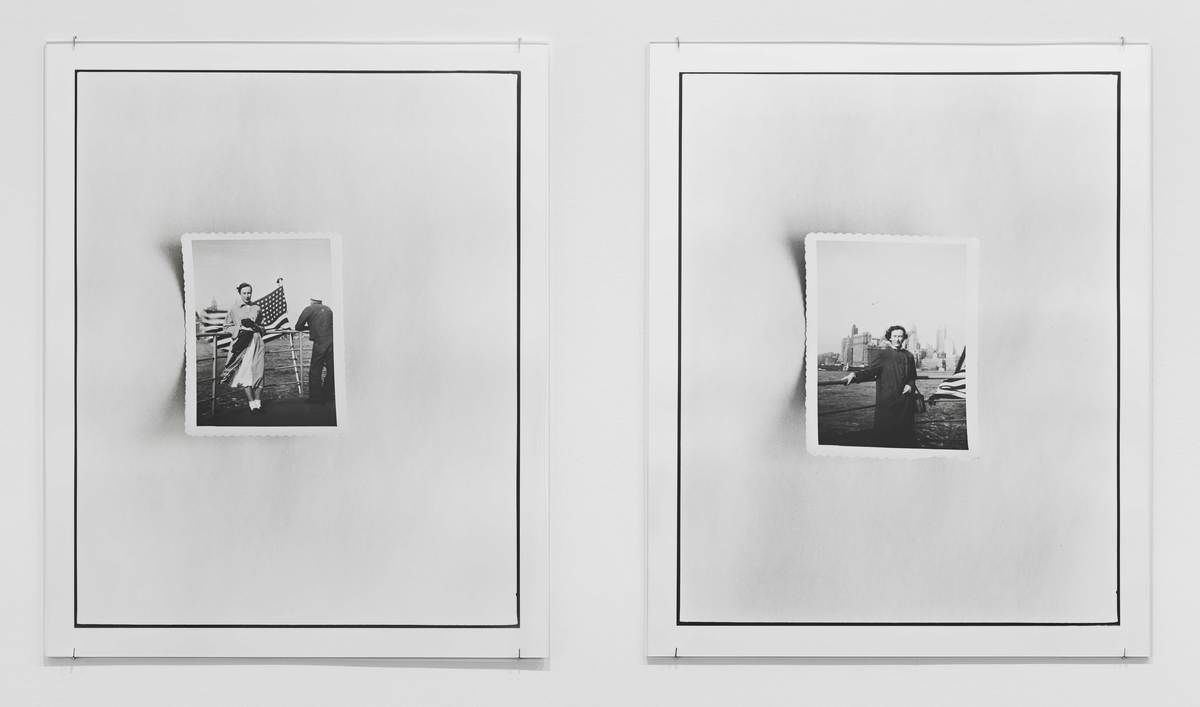
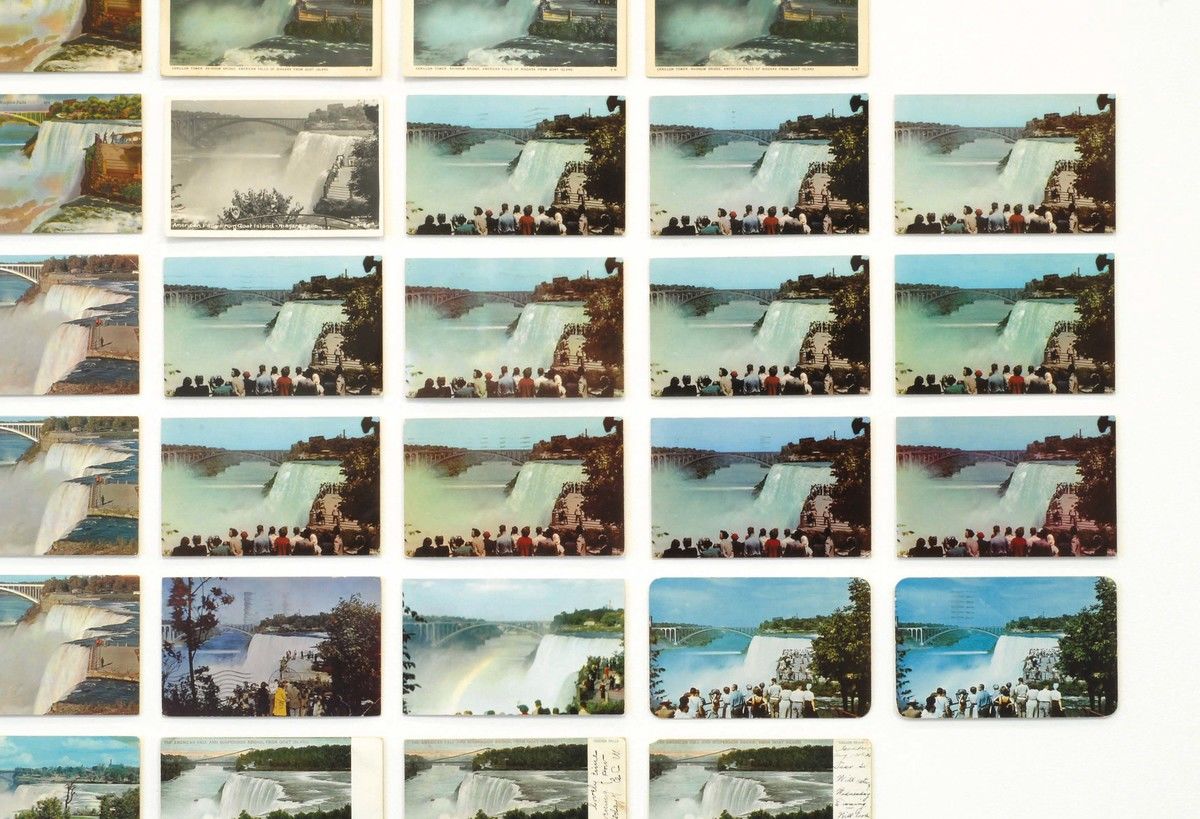
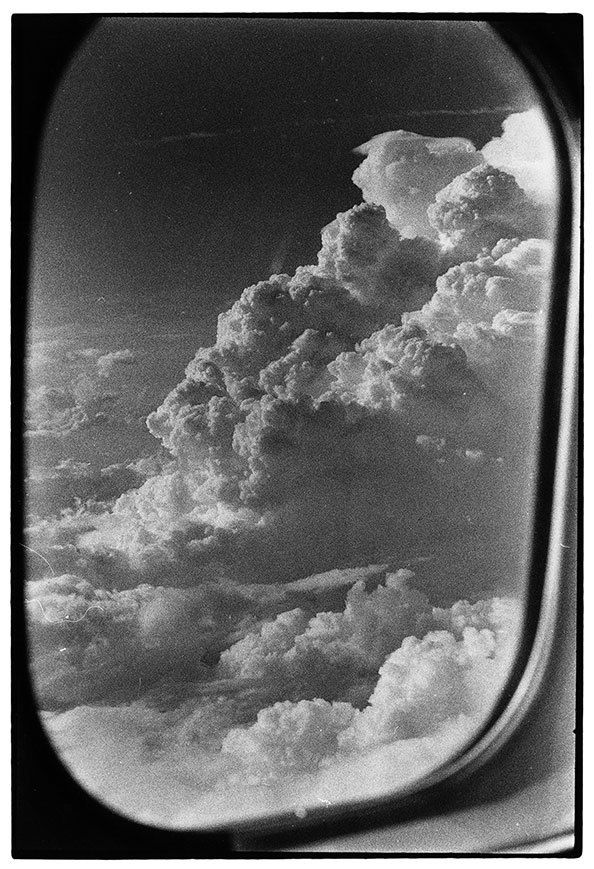
Multiply, Identify, Her at the International Center For Photography, New York
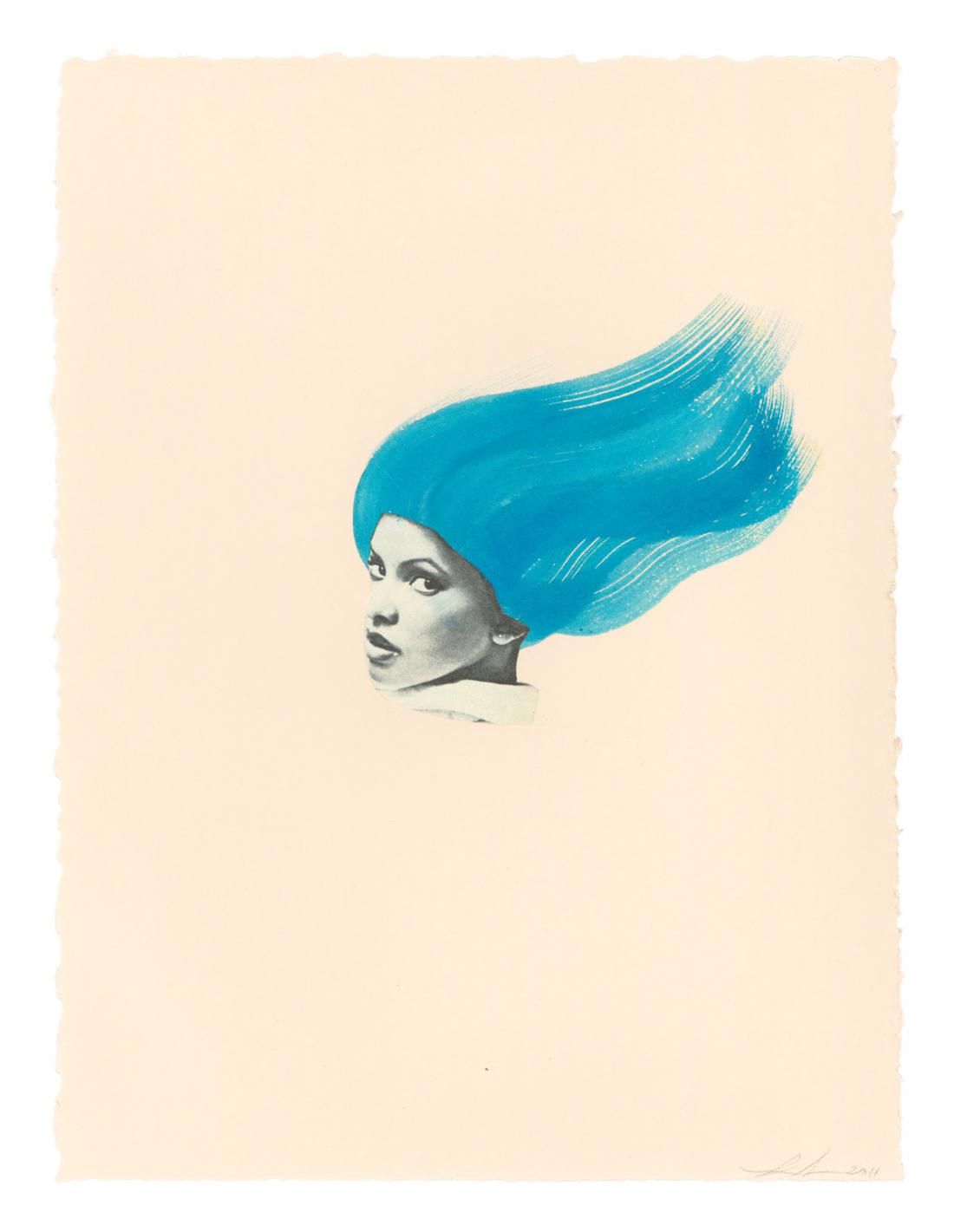
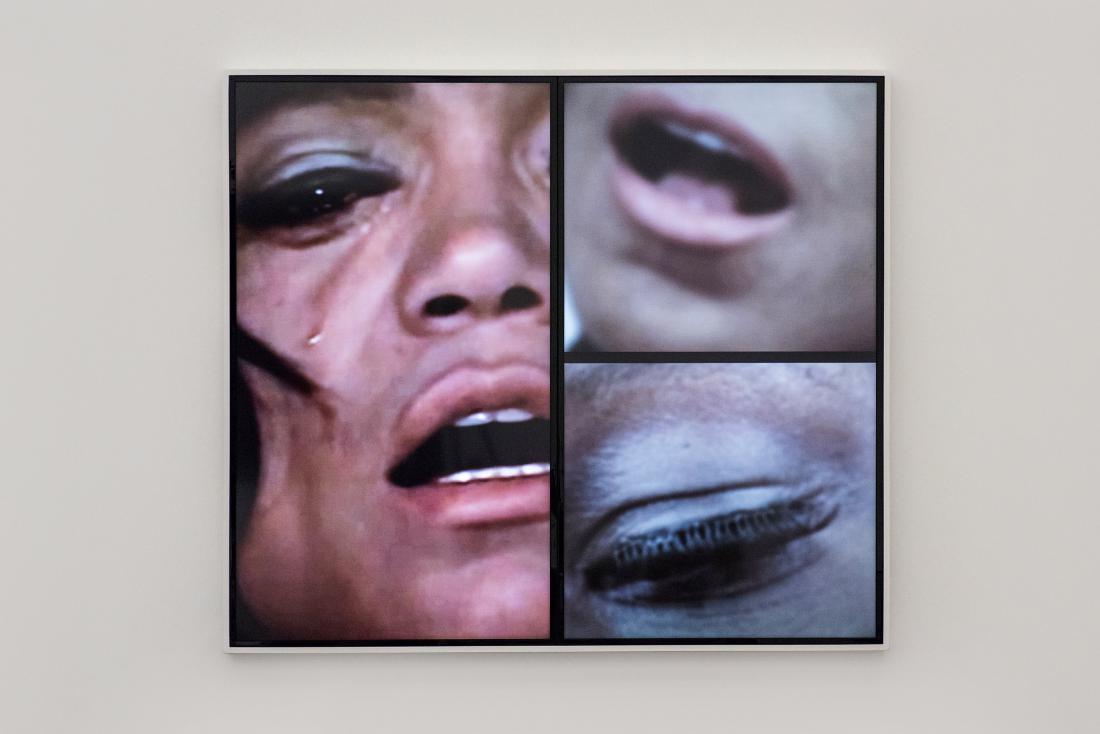
Radical Women: Latin American Art, 1960–1985 at the Brooklyn Museum, New York
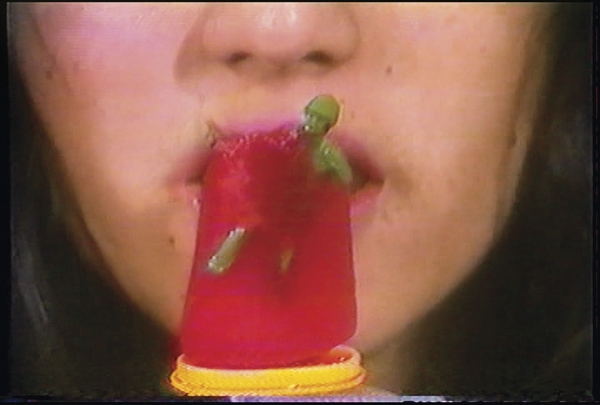
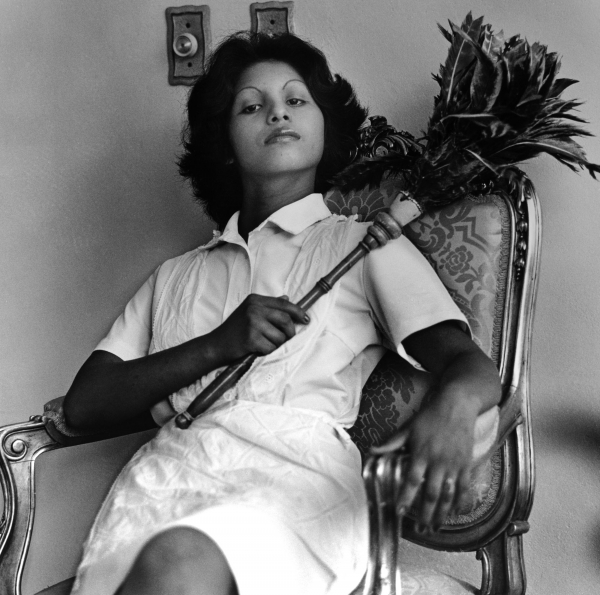
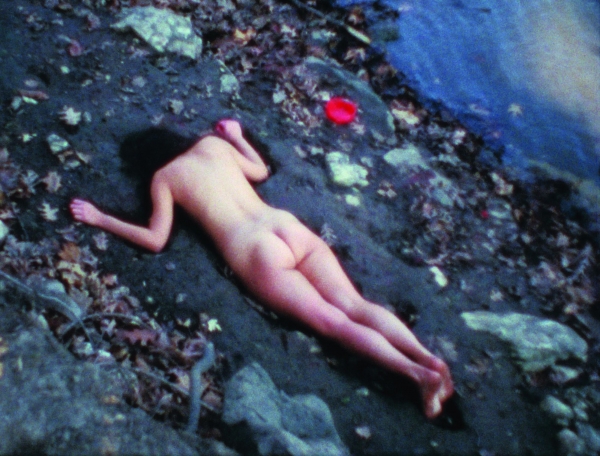
David Bowie Is at Brooklyn Museum, New York
Installation image of "David Bowie is" at the Brooklyn Museum. Courtesy of the Brooklyn Museum/Jonthan Dorado
Ala Younis: Steps Toward the Impossible at Sharjah Art Foundation, Sharjah
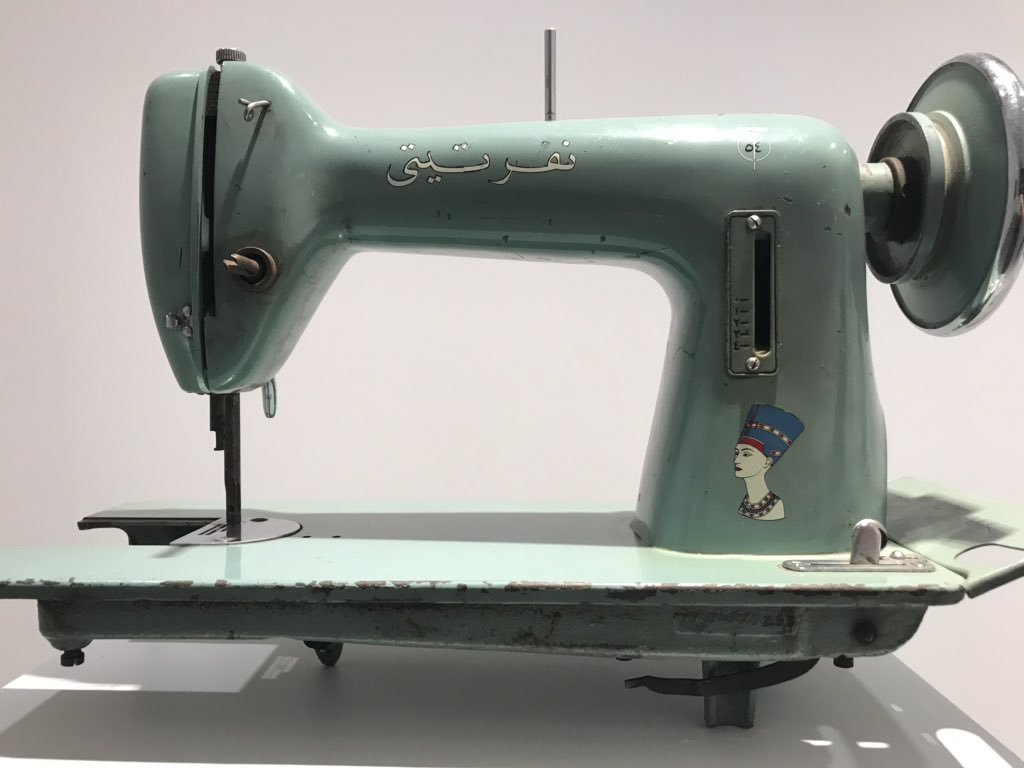
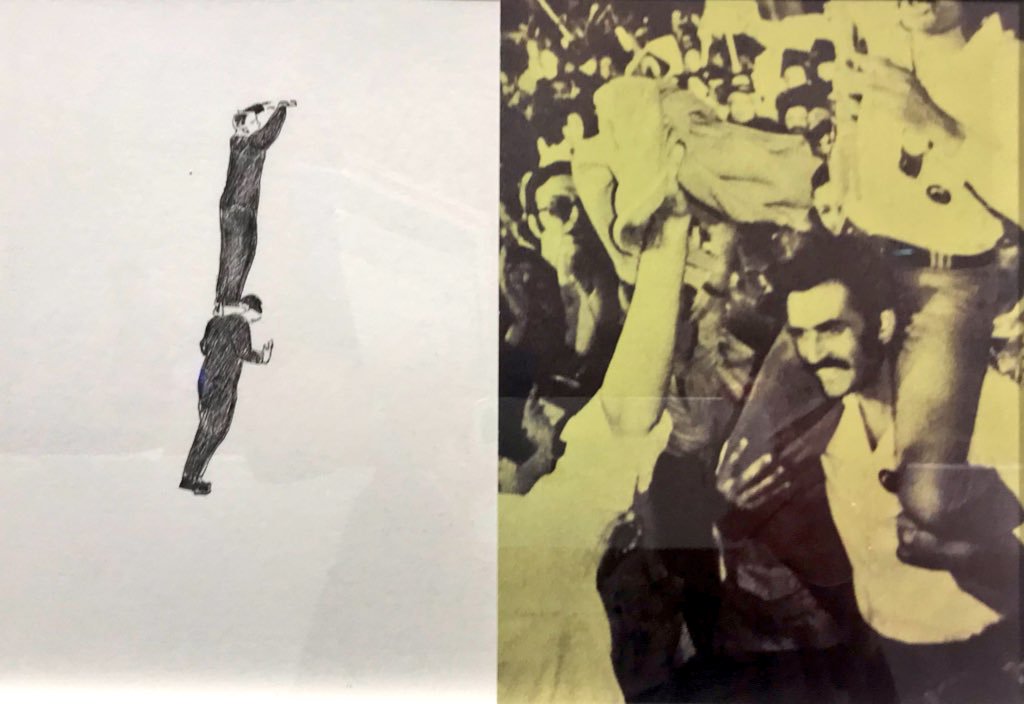

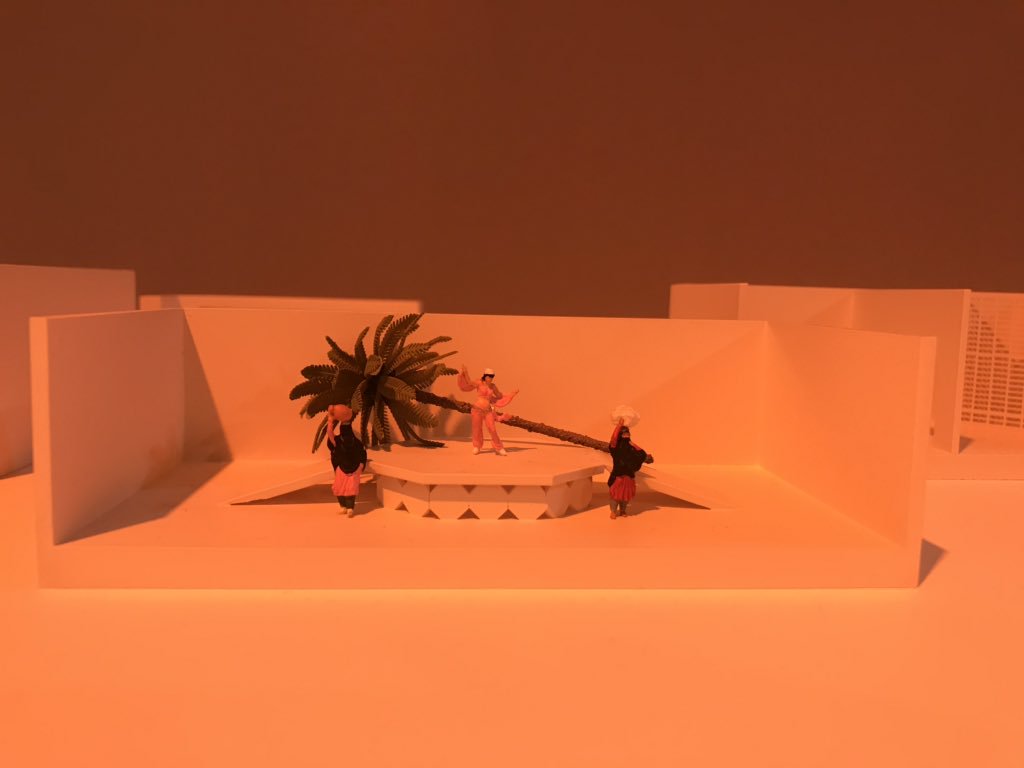
Portraits of Lee Miller by Man Ray from 1930, from Modern Couples: Art, Intimacy and the Avant-garde exhibition at the Barbican, London
Aqua Lung by Michael John Wheelman in Crude at Jameel Arts Centre, Dubai
In 1954 a company that would later become British Petroleum, commissioned a young Jacques Cousteau to undertake an oceanographic survey of the Arabian Gulf on his now famous ship, the Calypso. This was made possible in part due to Cousteau's co-development of the Aqua Lung underwater breathing apparatus. This device allowed people to go underwater for longer, and eventually allowed them to do good, and bad things to the world. As Cousteau's career progressed, he became a vocal conservationist. However, as a factor in the discovery of oil, the survey of 1954 was instrumental in irreversible changes in both the region and the world.
In 2018, Whelan travelled to a series of coordinates from Cousteau's survey. With a dive team he conducted his own visual surveys of the sea bed. During these surveys, non-invasive sand samples were collected. Working with a master glass blower, he transformed the samples from the dive sites into a series of glass batches that were then blown into used diving cylinders, creating a sense of agency through transformation. The form is hollow, made from human breath, which combined with the air bubbles in the glass evoke a sense of the fragility of life, both human and nature.
[via www.michaeljohnwhelan.com]
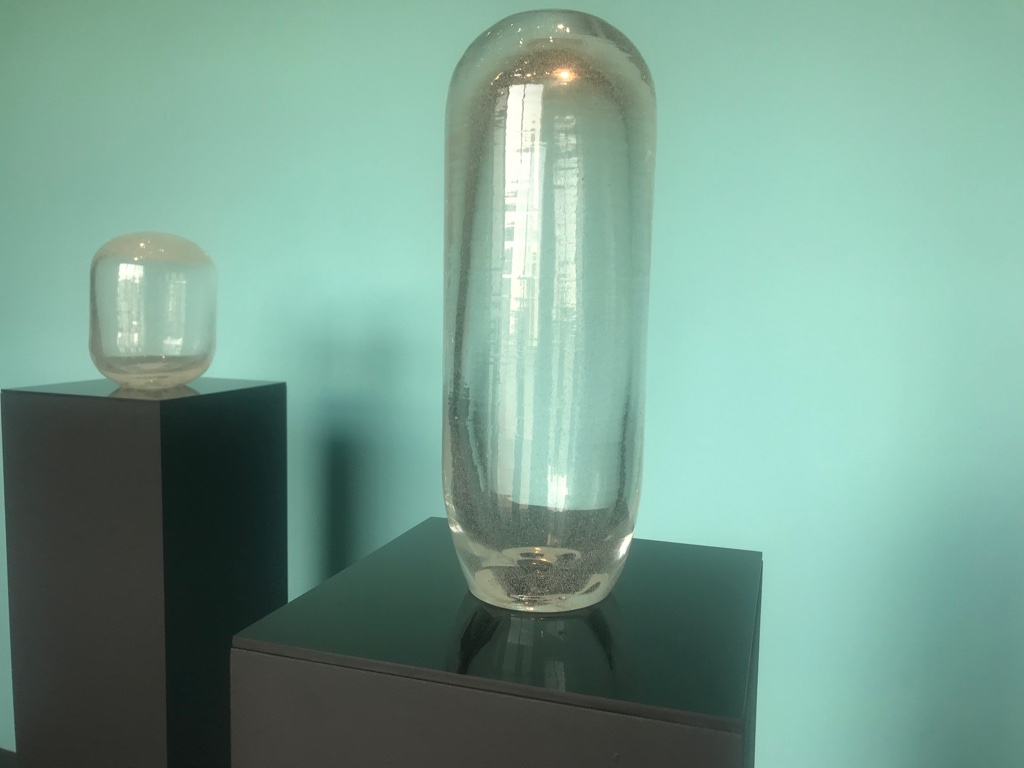
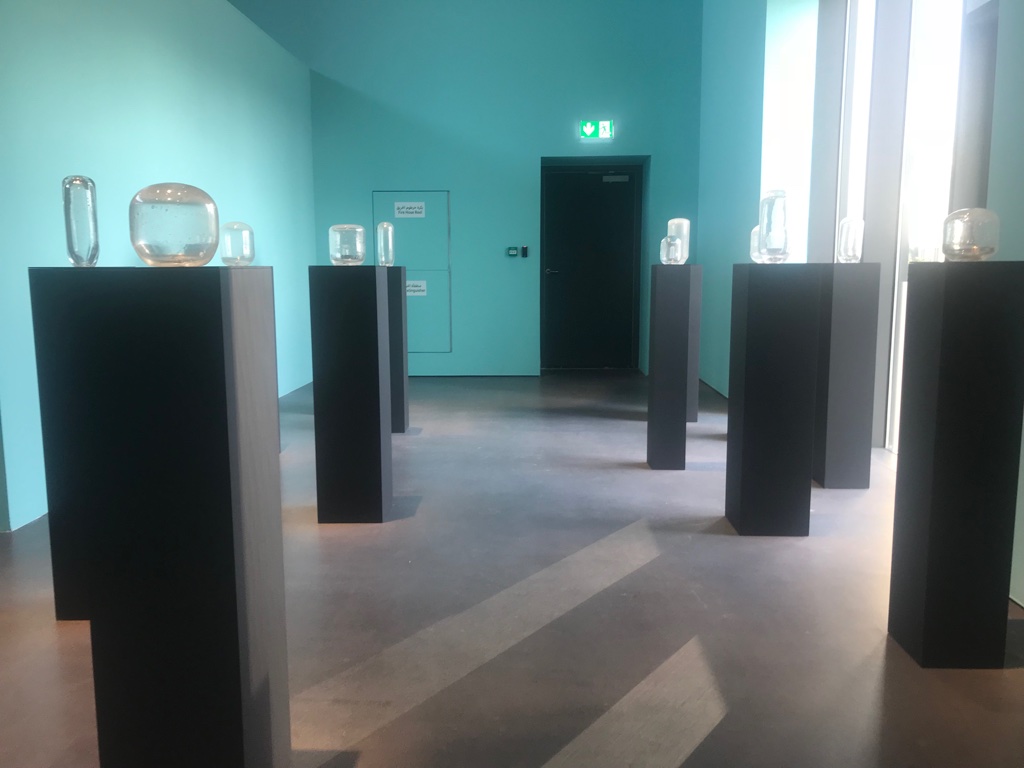
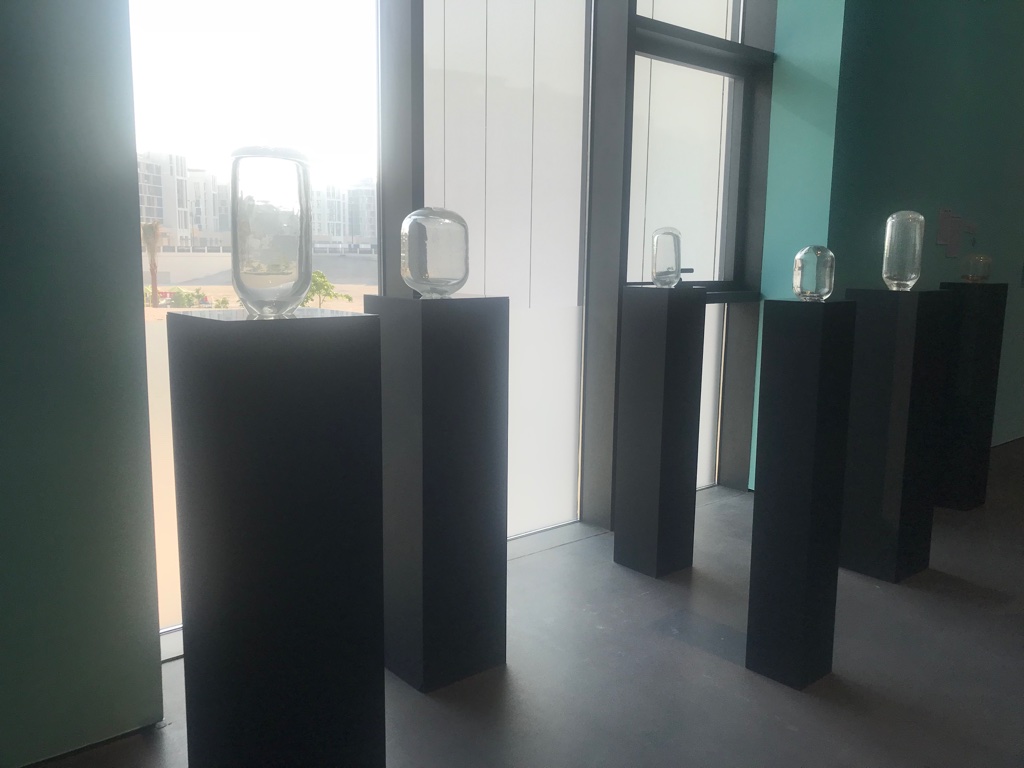
Plum 1-24 (2017) and The ARD: Study for a Portrait 1-28 (2018) by Hajra Waheed in Crude at Jameel Arts Centre, Dubai
Chronoscope, 1951, 11pm by Alessandro Balteo Yazbeck in Crude at Jameel Arts Centre, Dubai
Chronoscope, 1951, 11pm, 2011 (video still)
Single channel HD video projection, 25 min, stereo sound, screenplay booklets and furniture set
Dialogues with Solitudes by Dave Heath at Le Bal, Paris
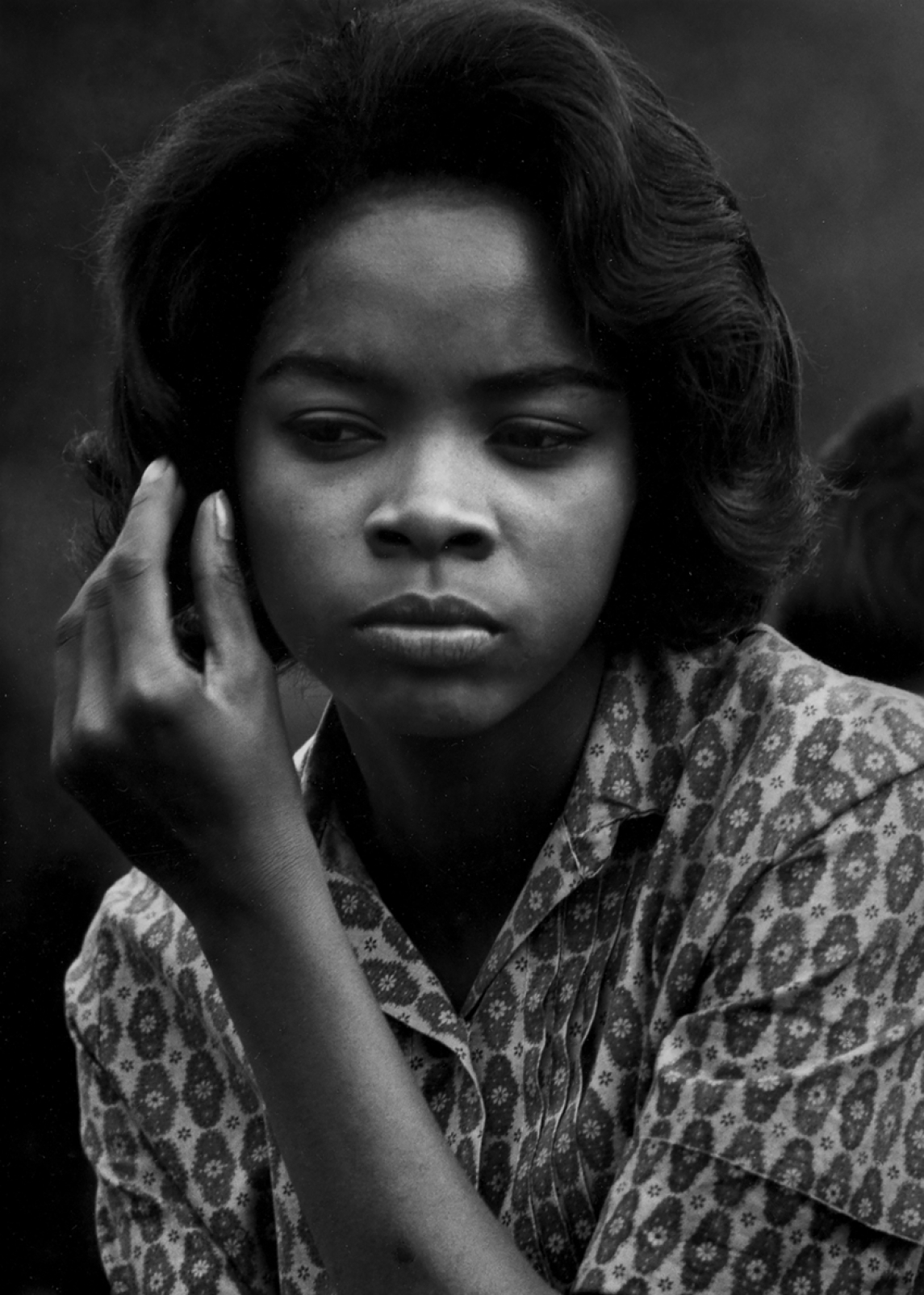
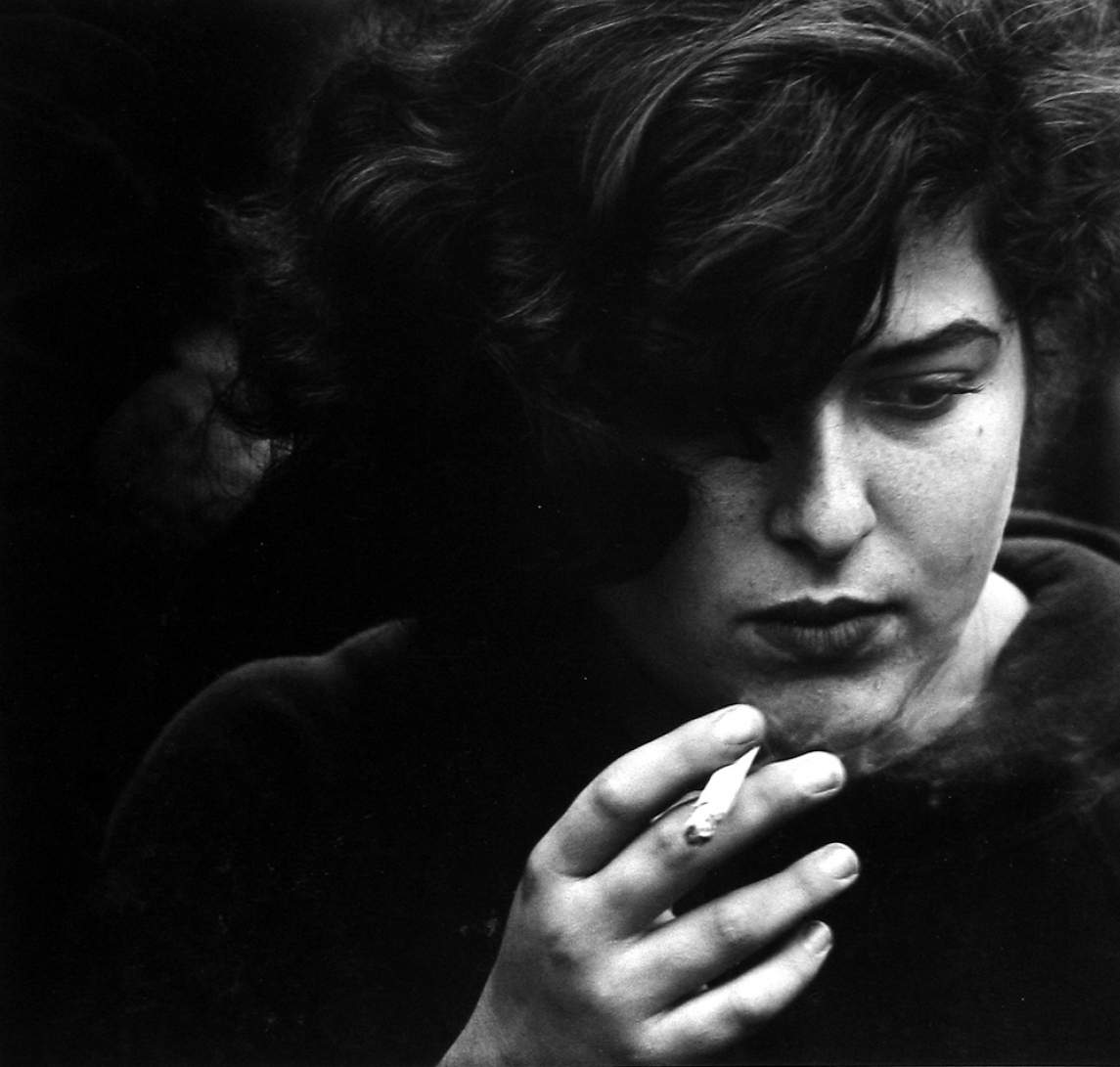
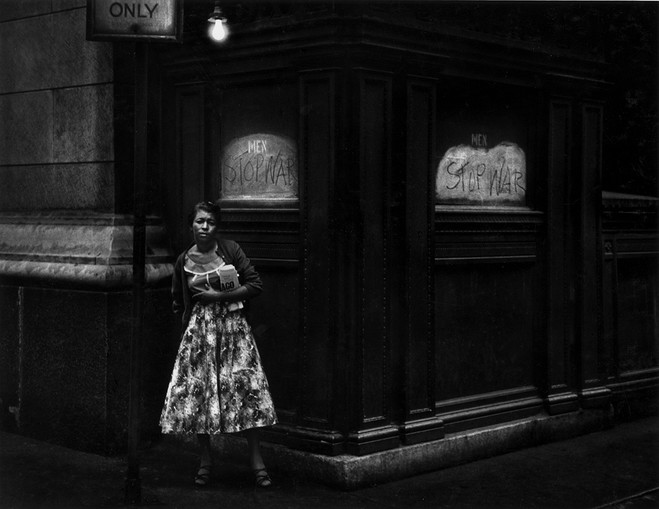
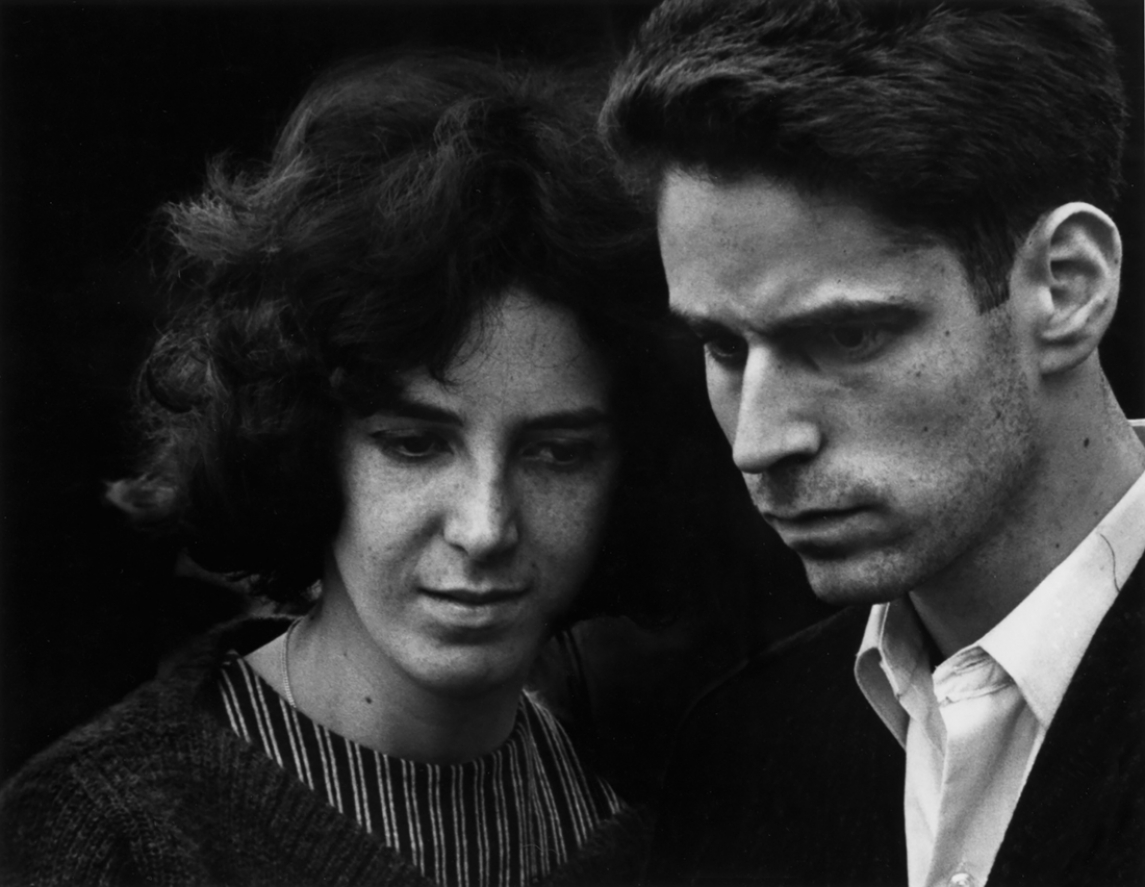
Selling Dreams: Early Advertising in Singapore in the National Library Building, Singapore

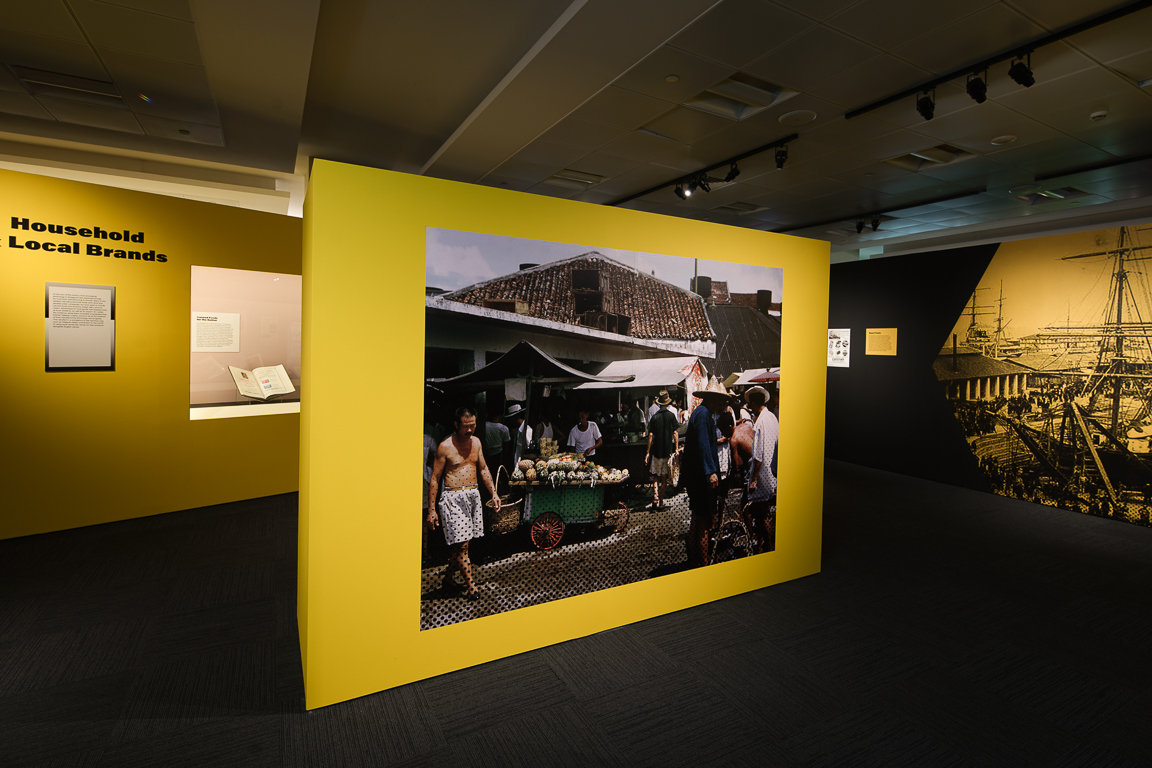
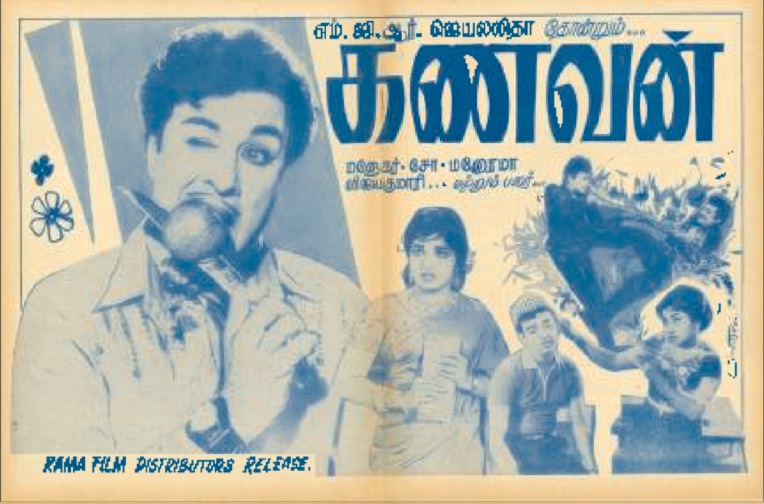
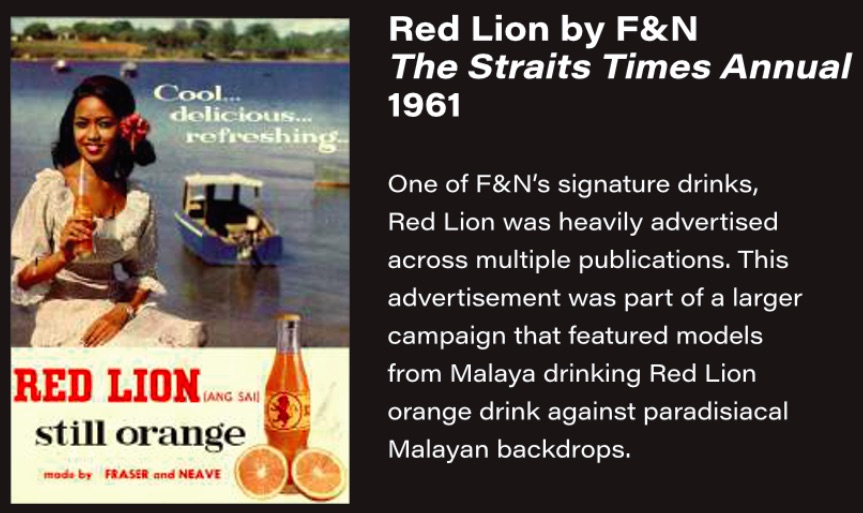
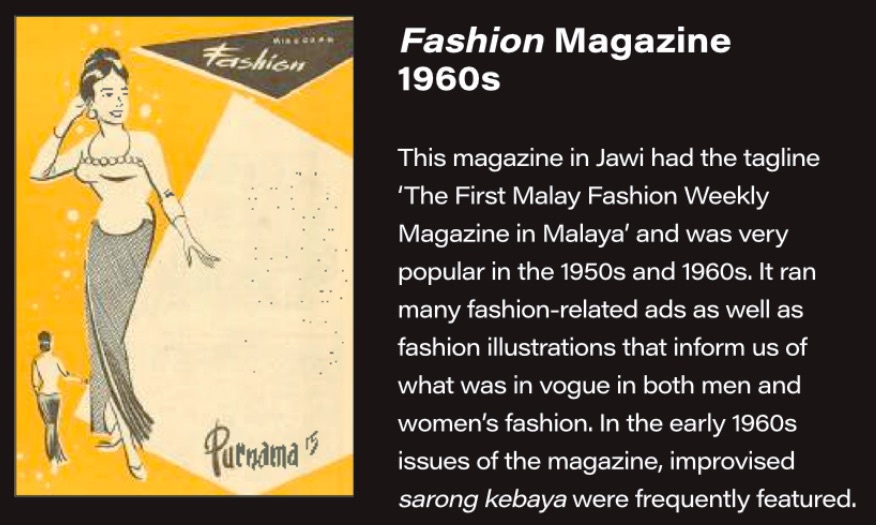

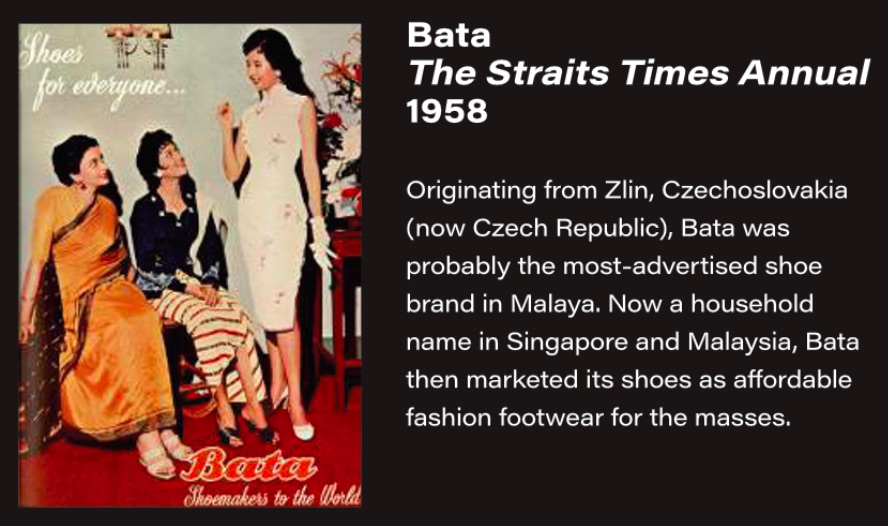
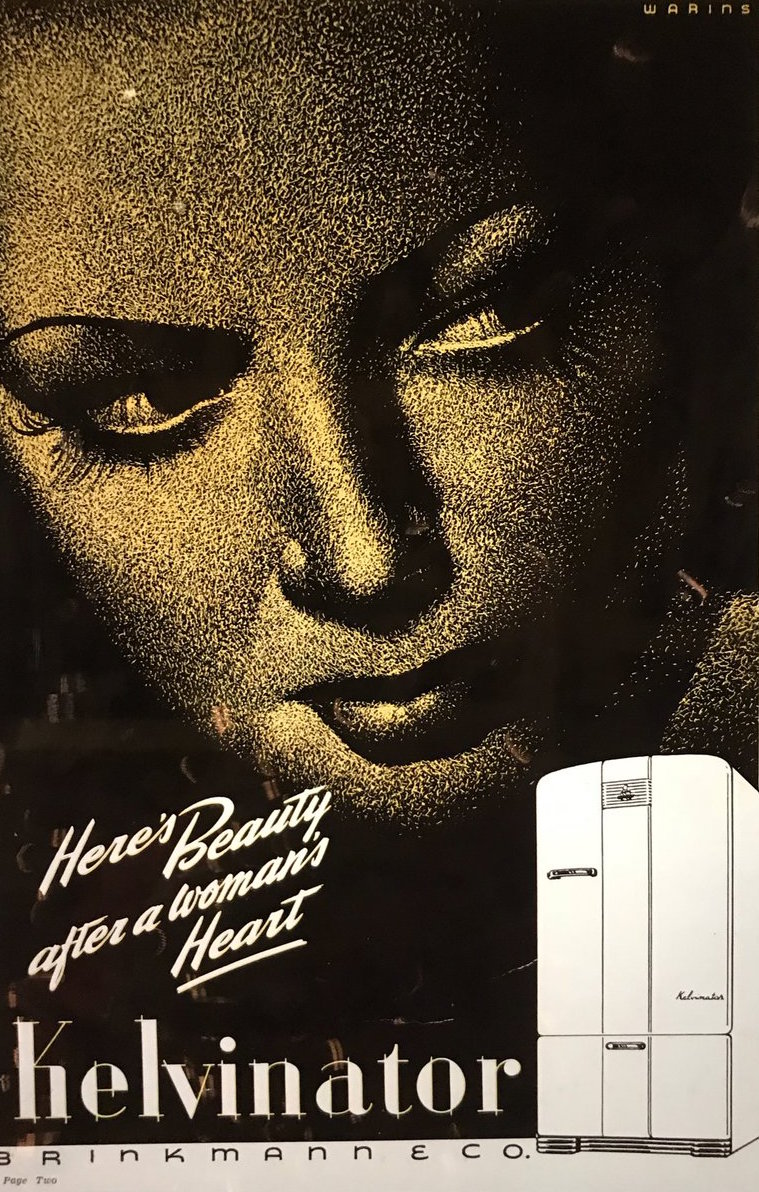
In an Instant- Polaroid at the Intersection of Art and Technology at the National Museum of Singapore
Sharjapan: The Poetics of Space at the Sharjah Art Foundation, Sharjah
Favourite performances and events:
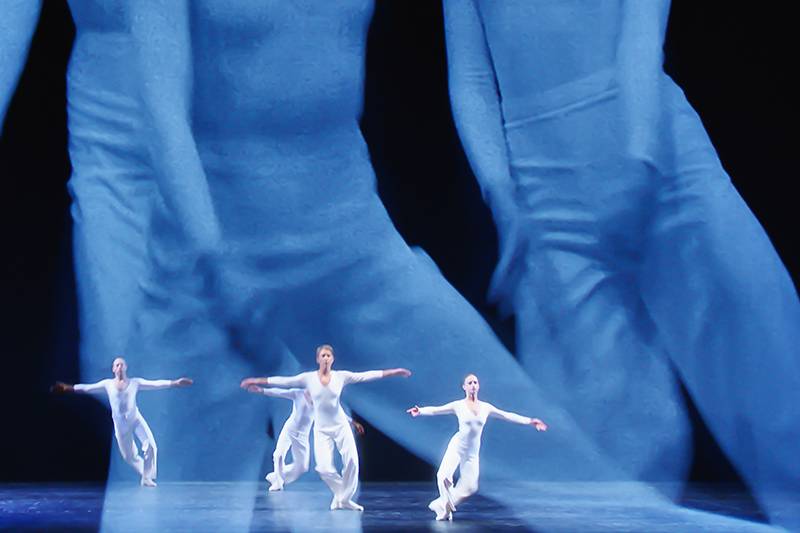
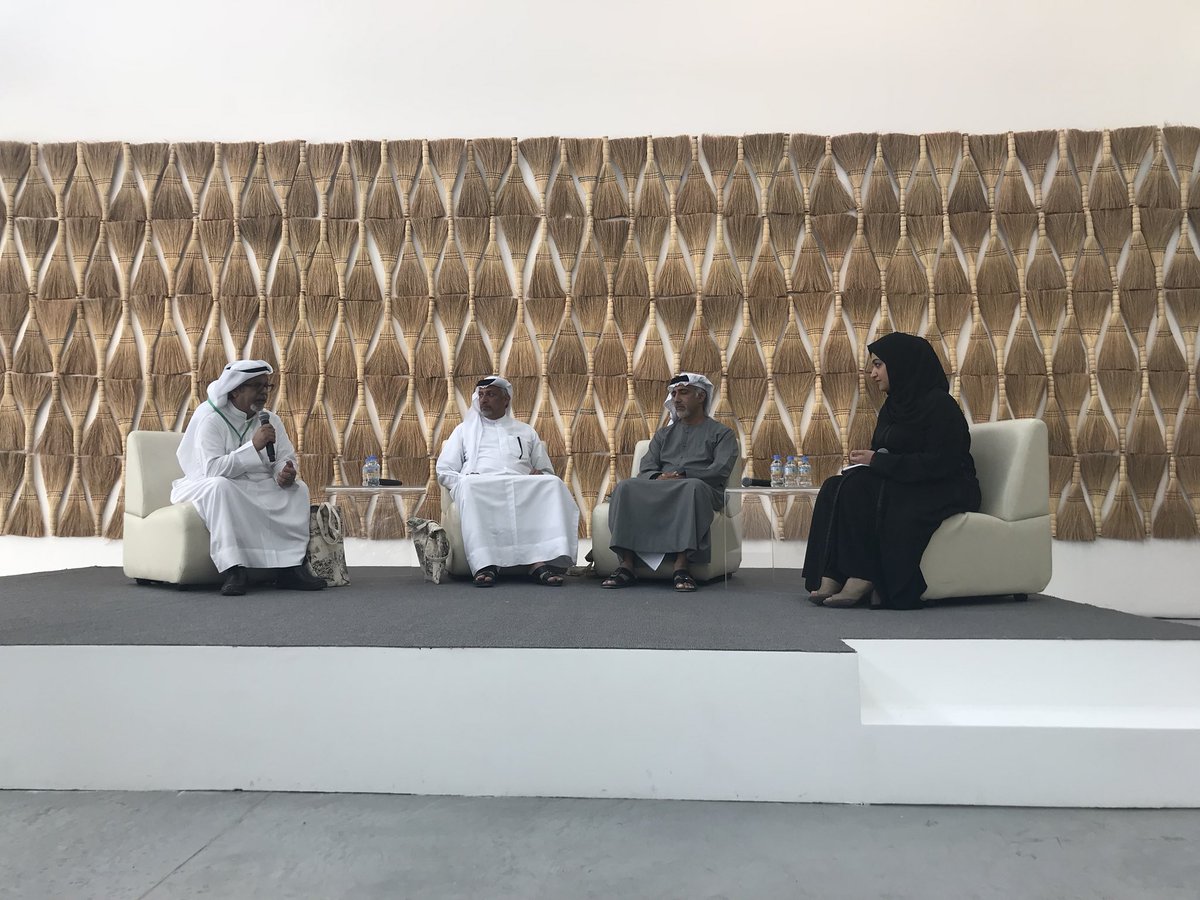
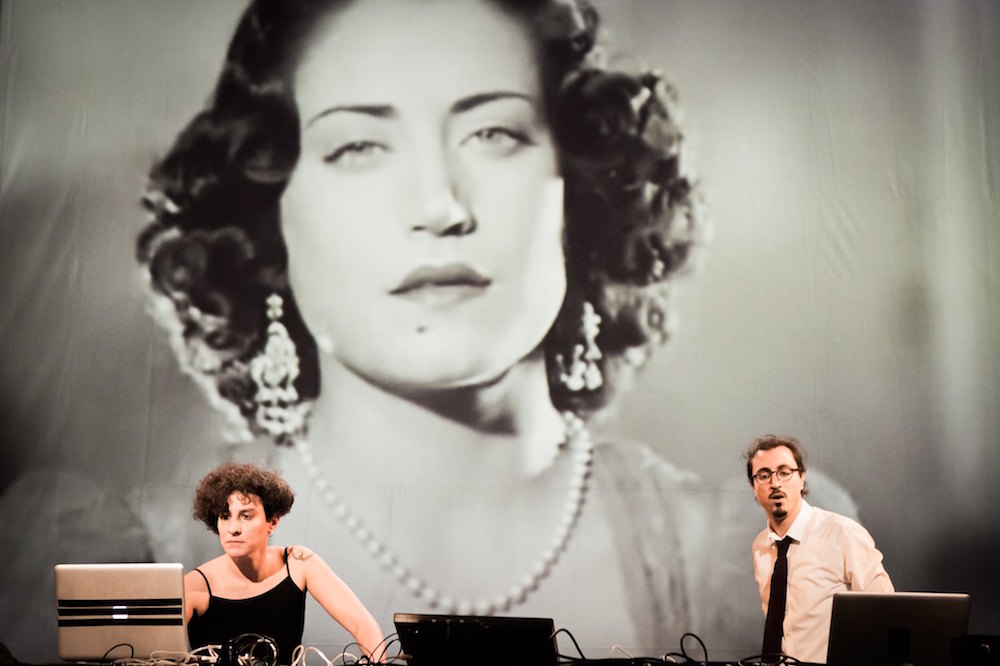
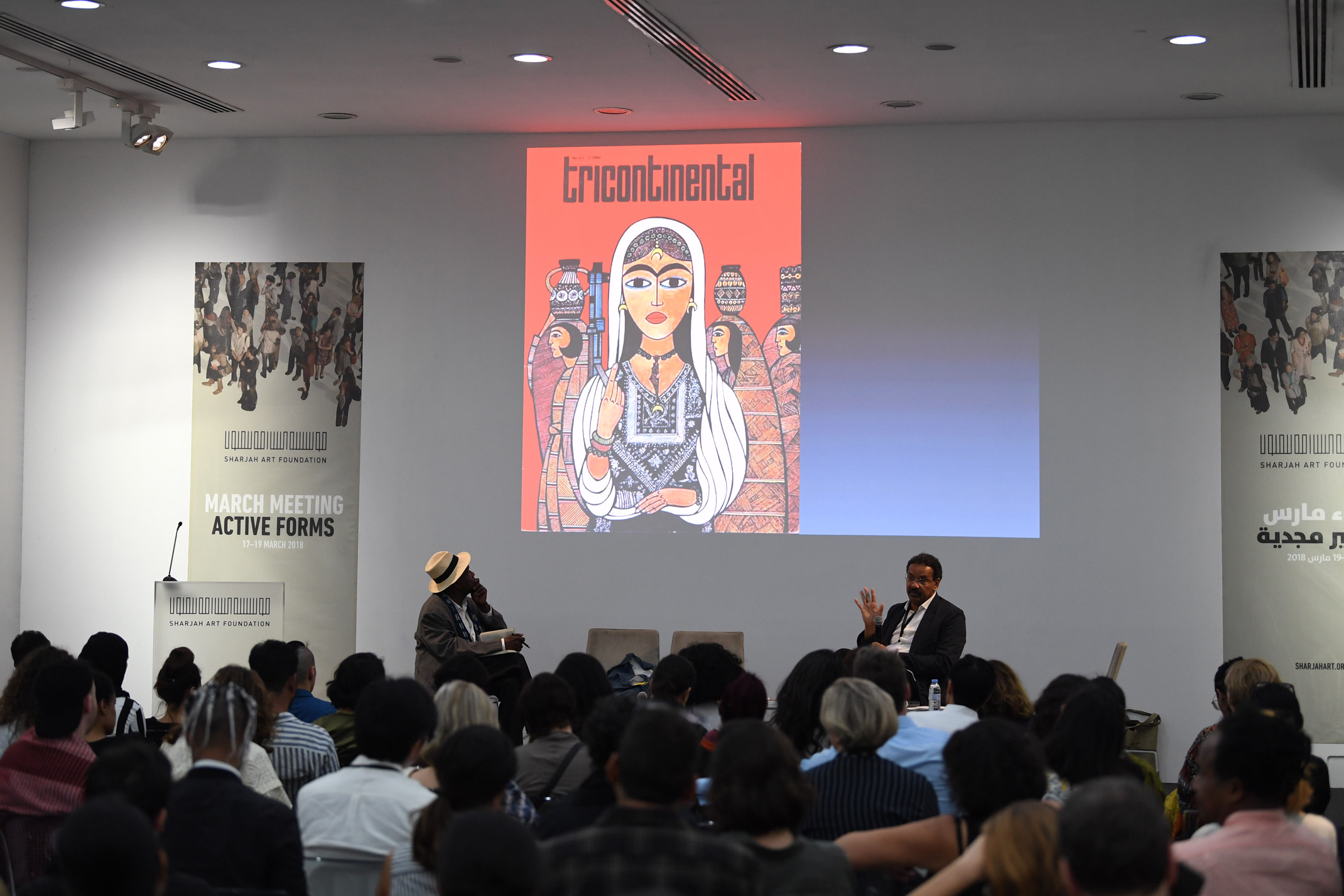
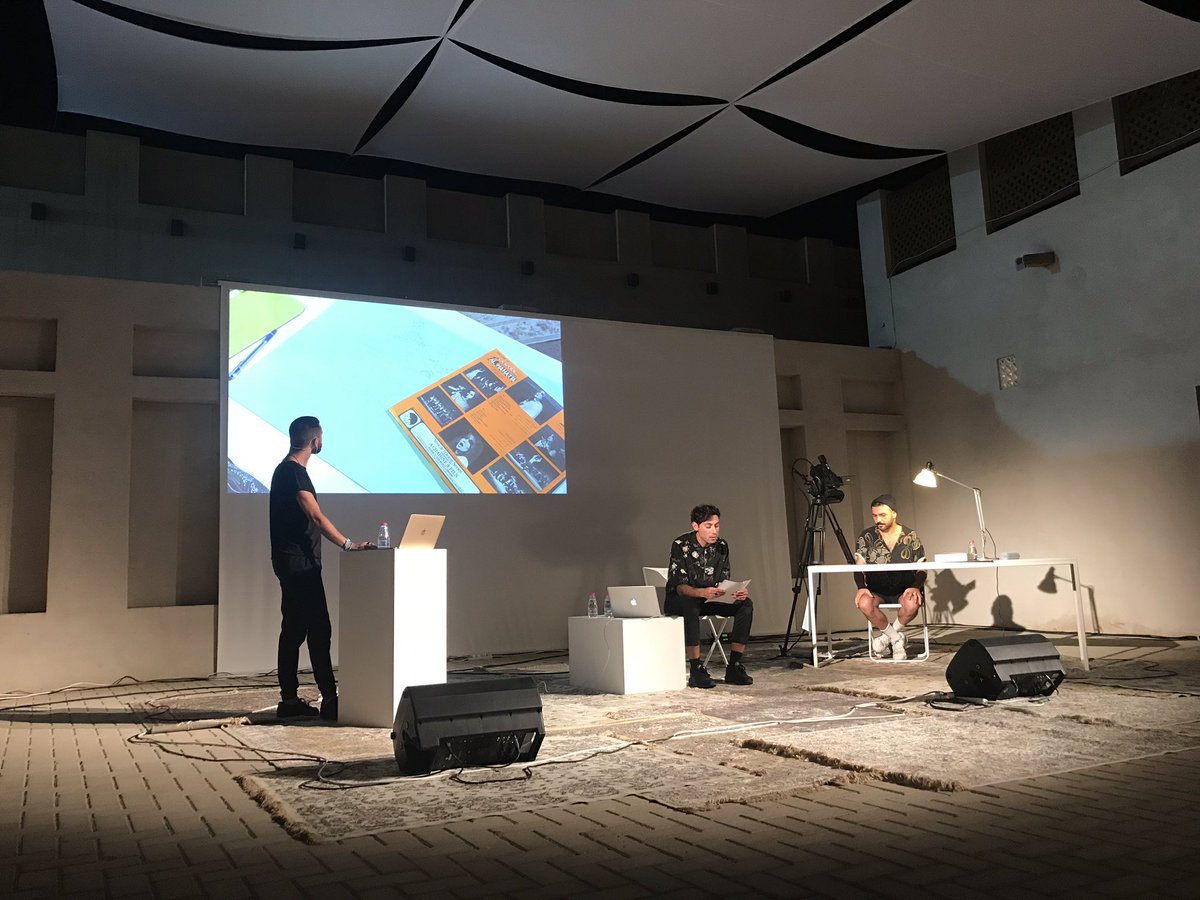

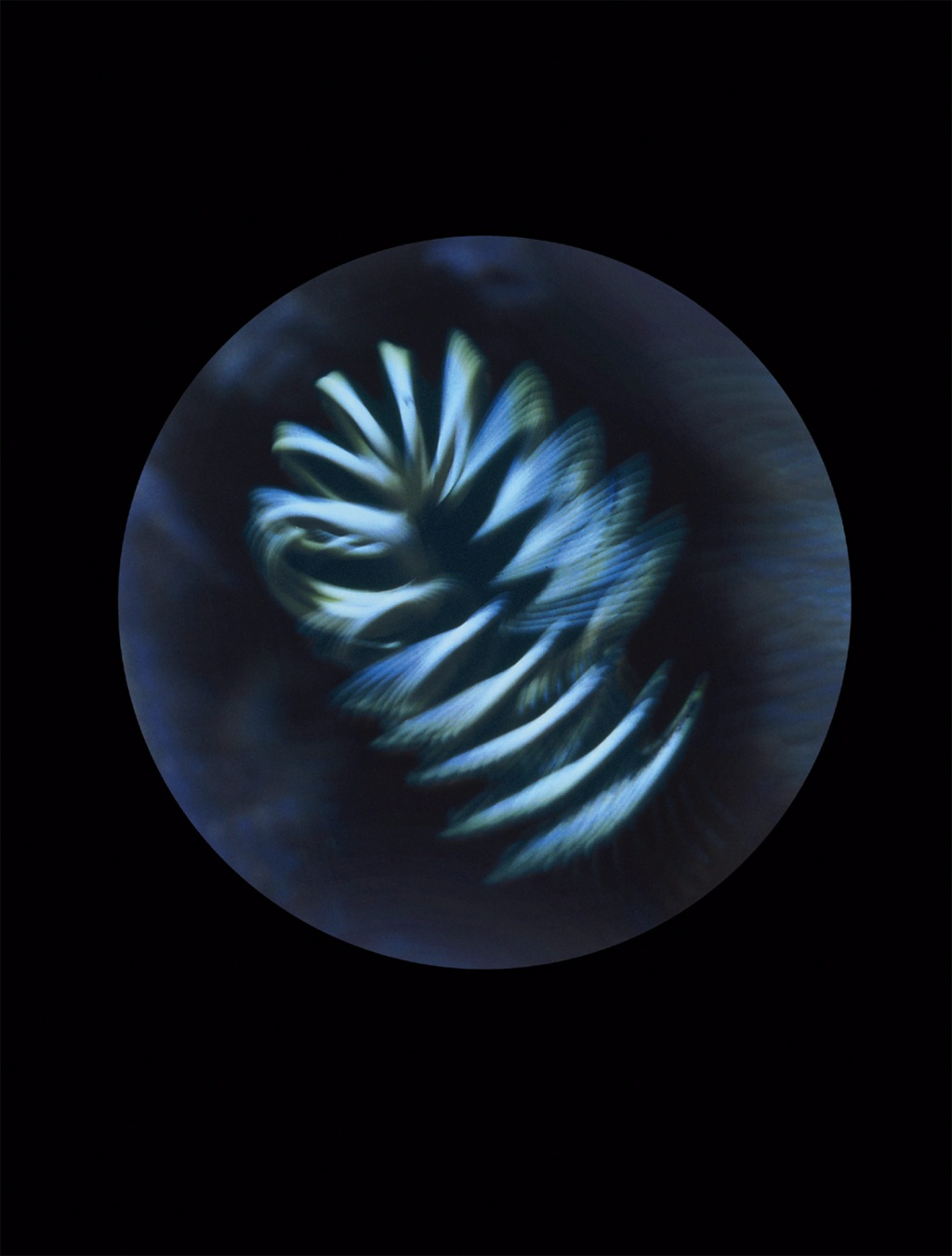




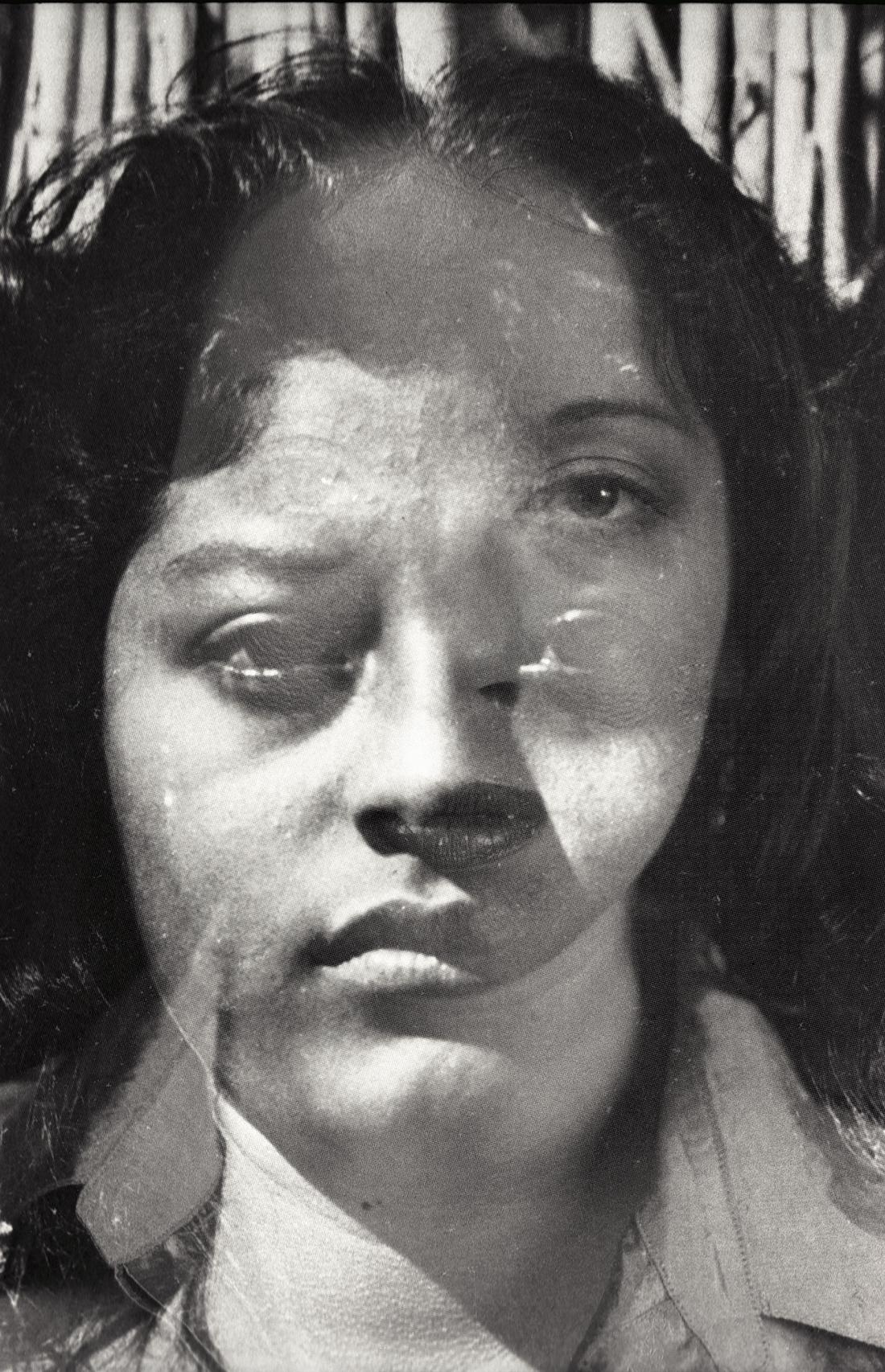
![Geta Brătescu, Autoportret în oglindă [Self-Portrait in the Mirror], 2001. © Geta Brătescu, Courtesy the artist; Ivan Gallery, Bucharest; Hauser & Wirth. Photo: Ștefan Sava.](https://images.squarespace-cdn.com/content/v1/5b59fe6a7e3c3ac212f4a9aa/1546015210848-L9Q9IR8156RR42XQGJ42/Geta+Bratescu_Multiply+Identify+Her.jpg)

